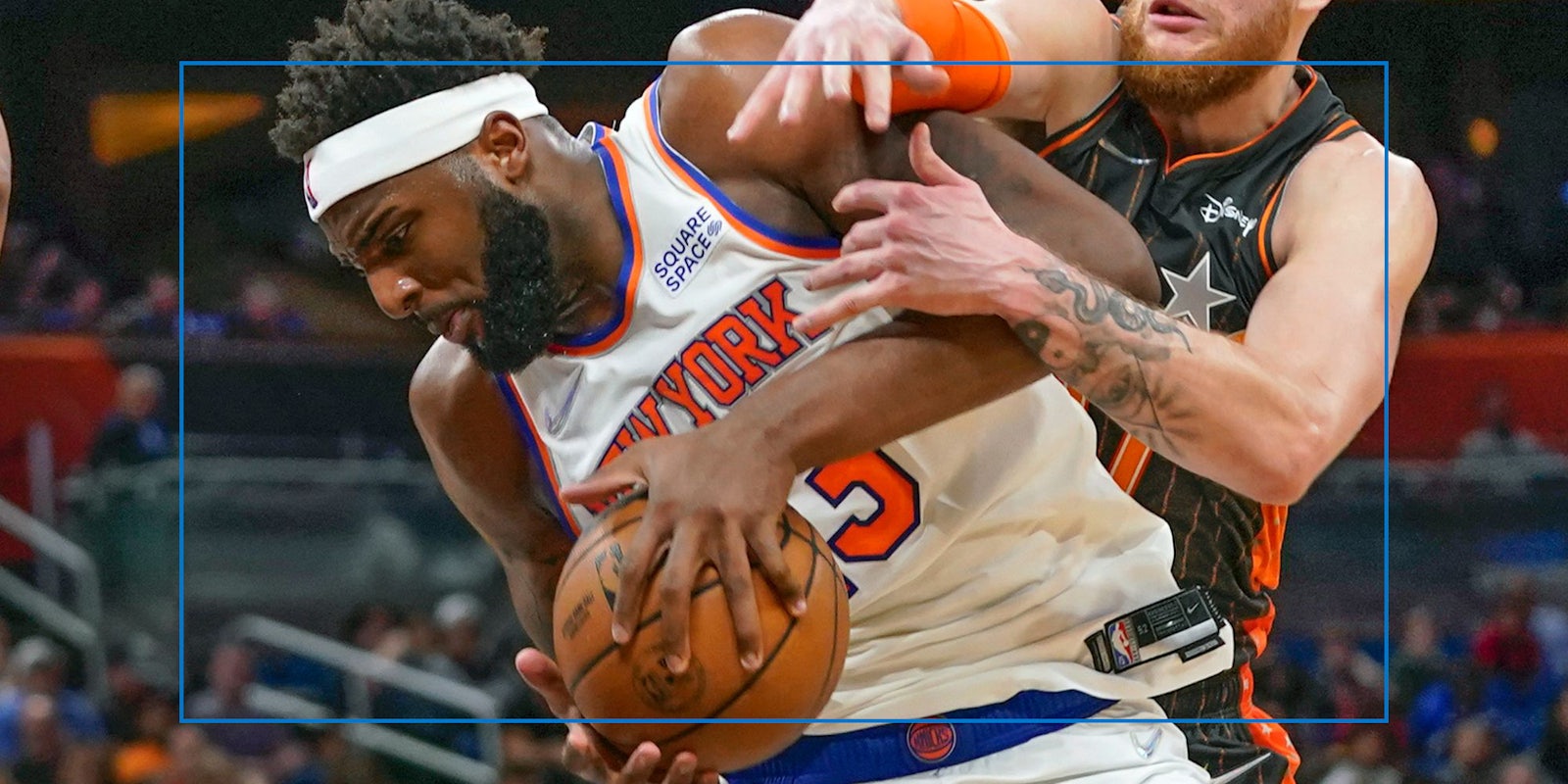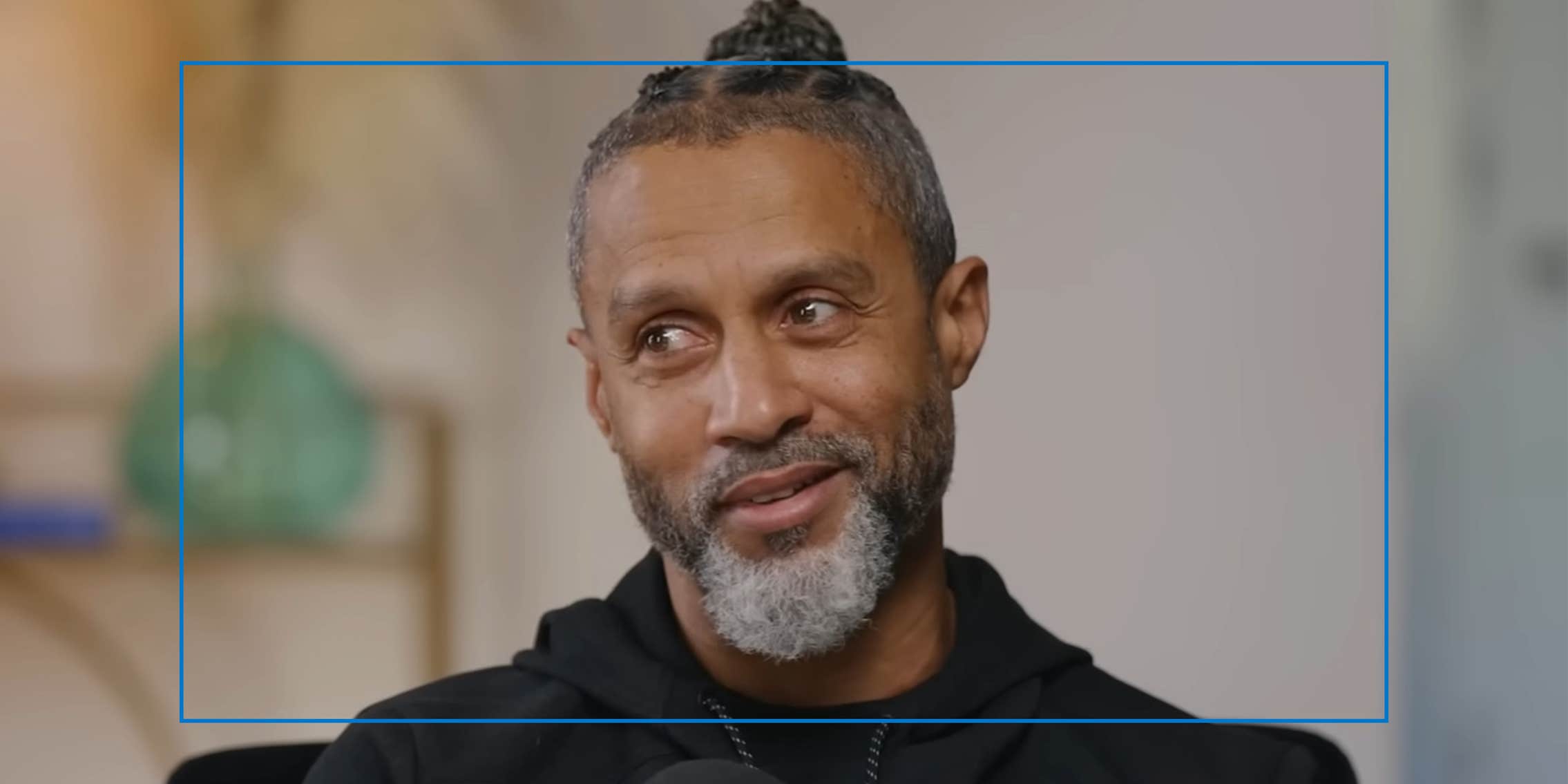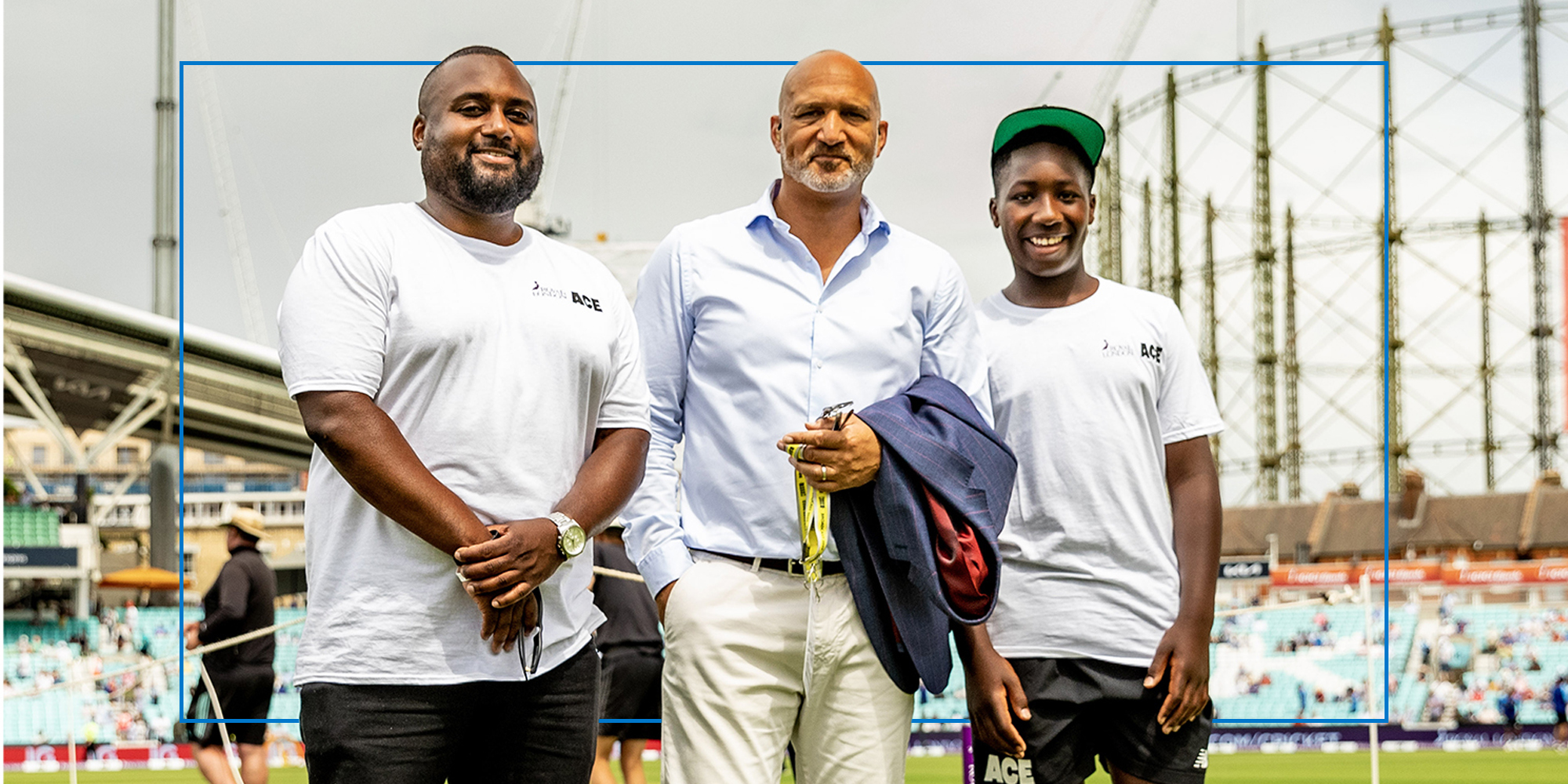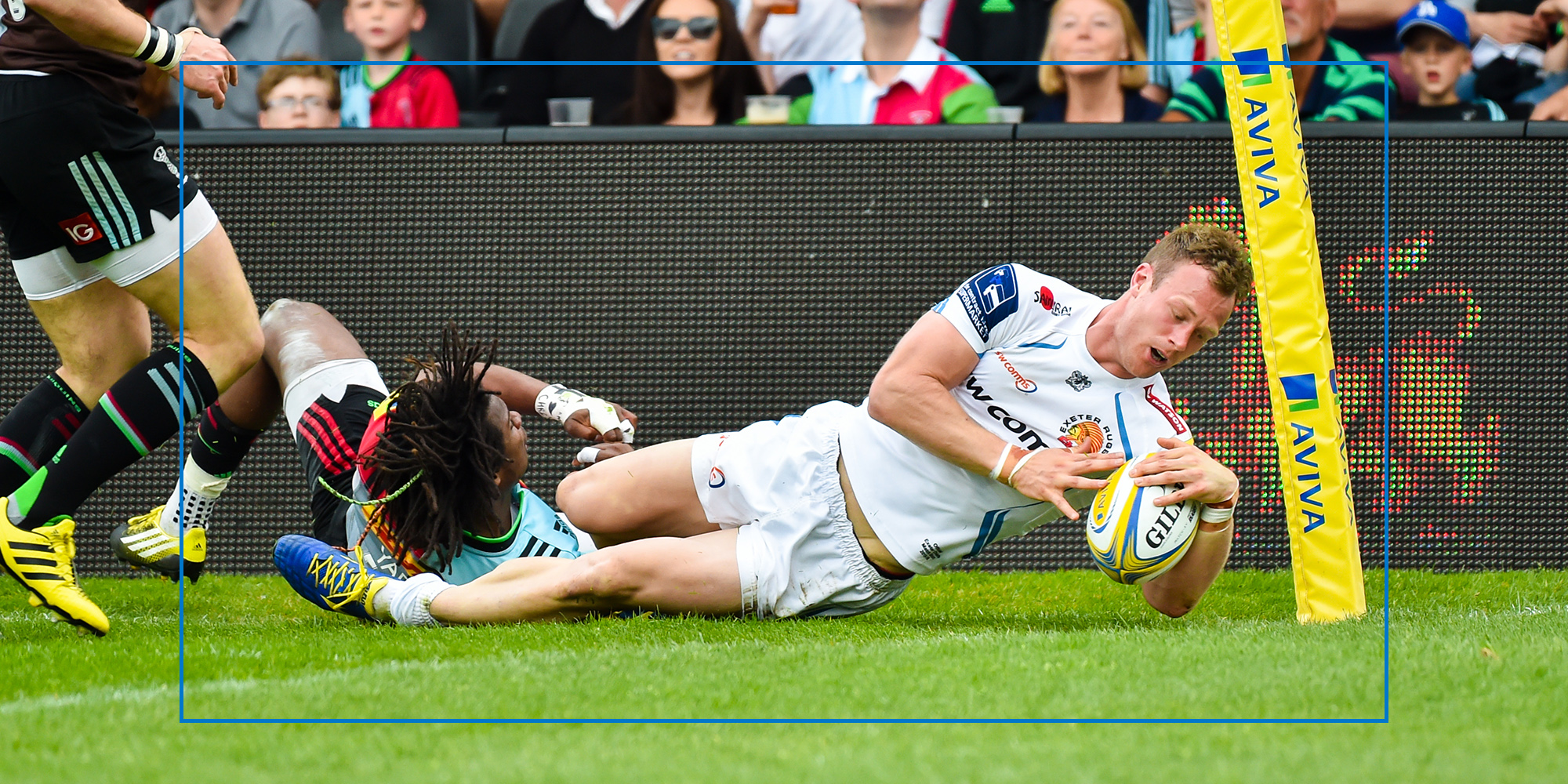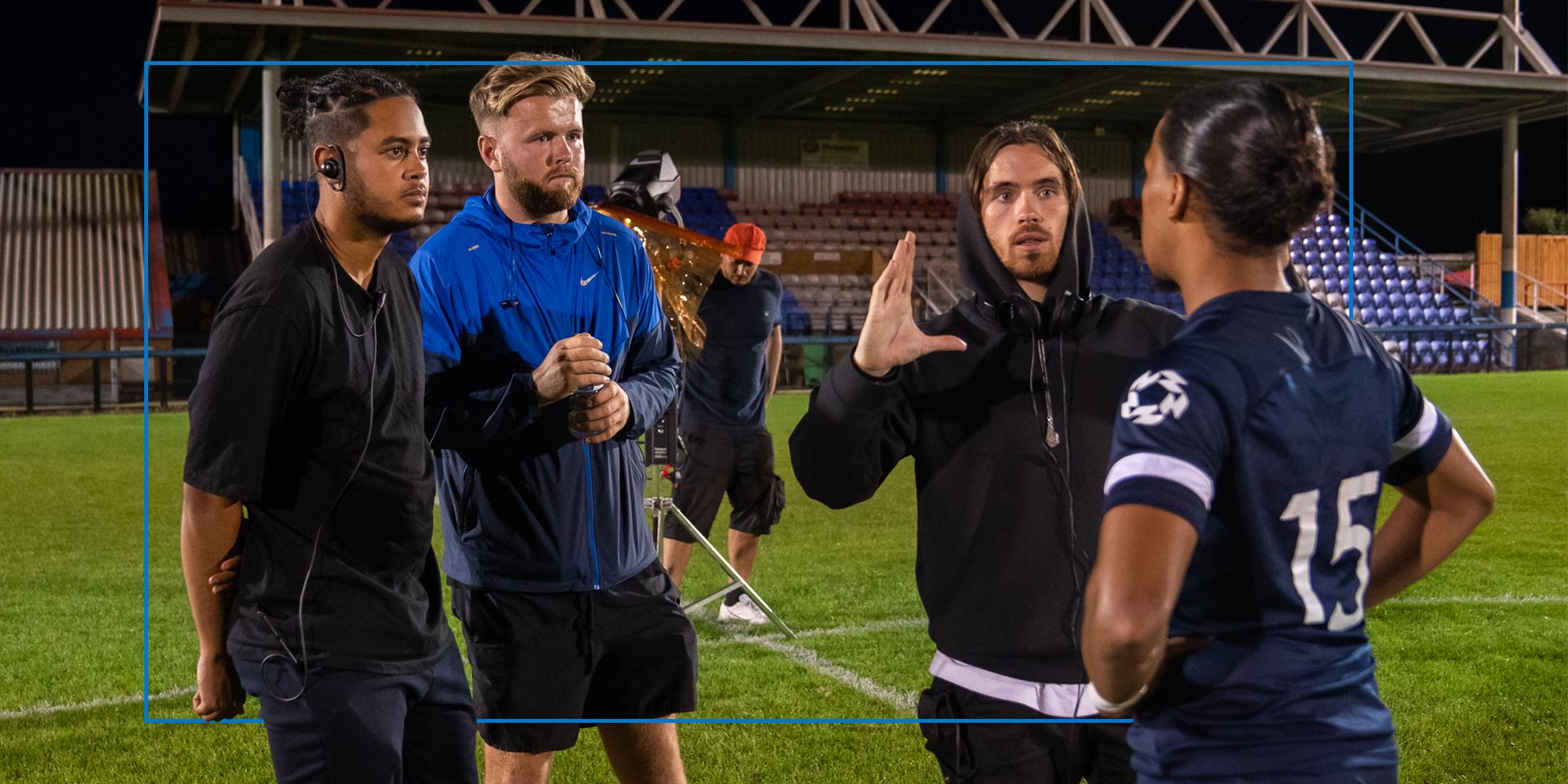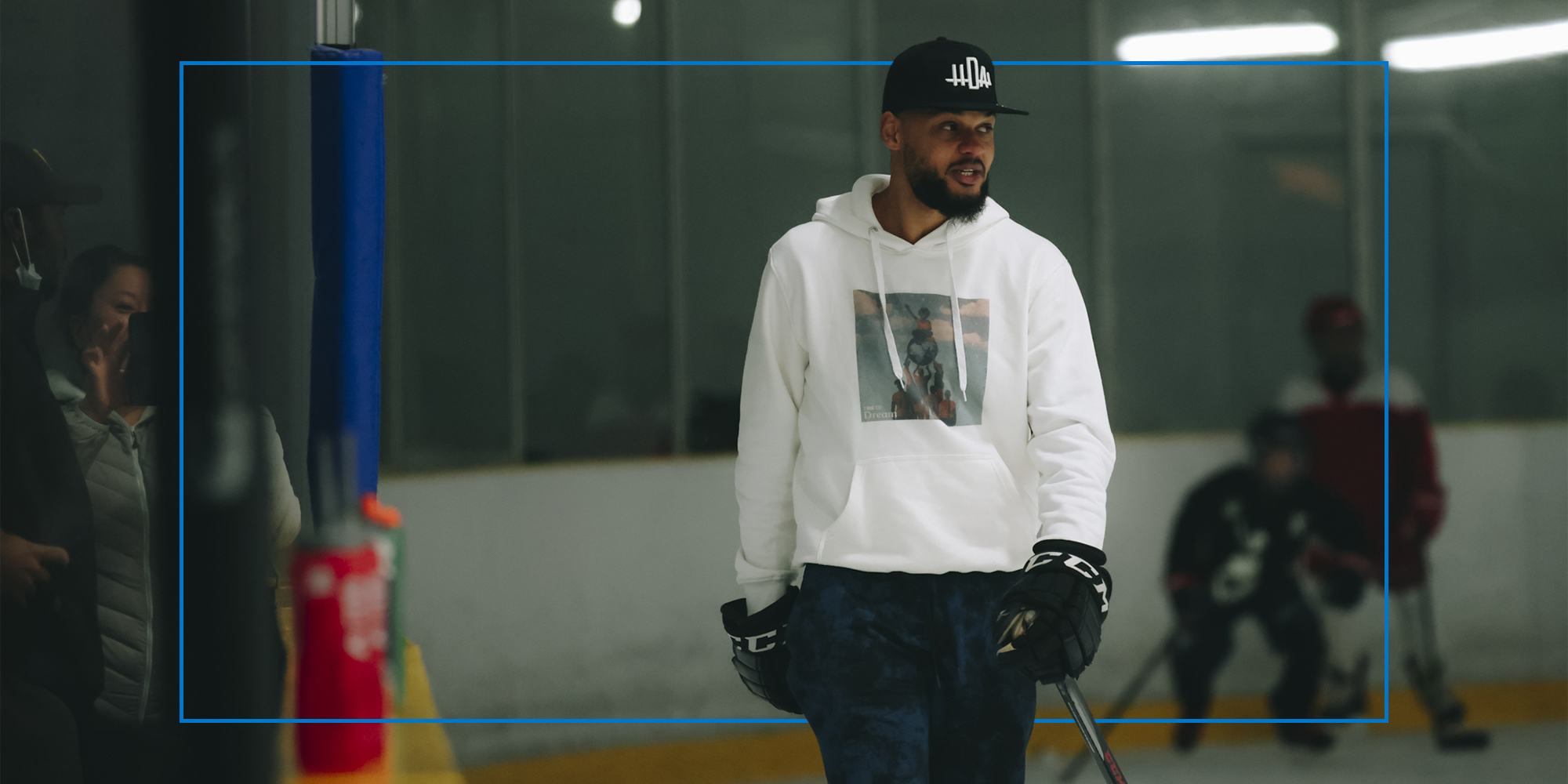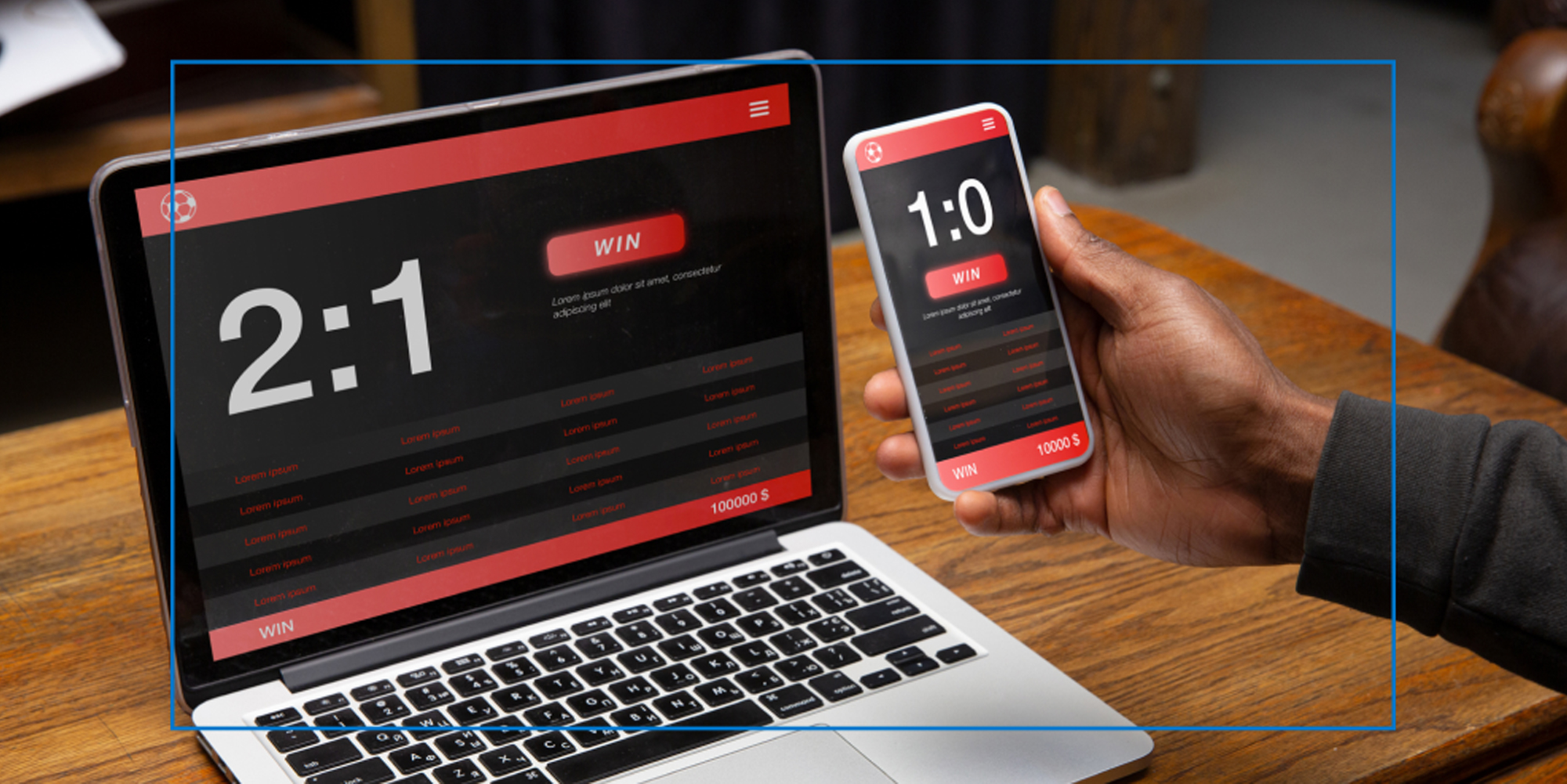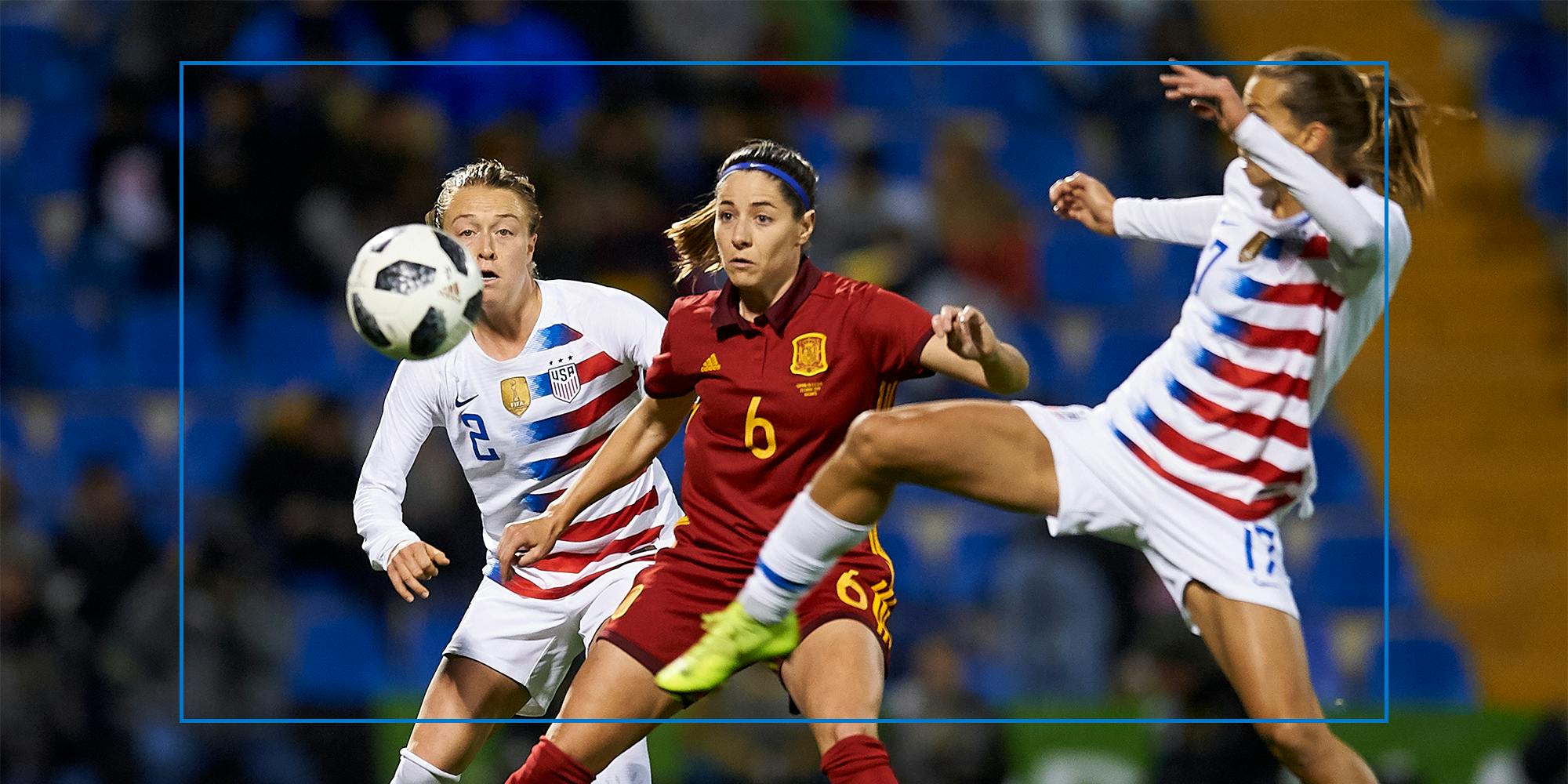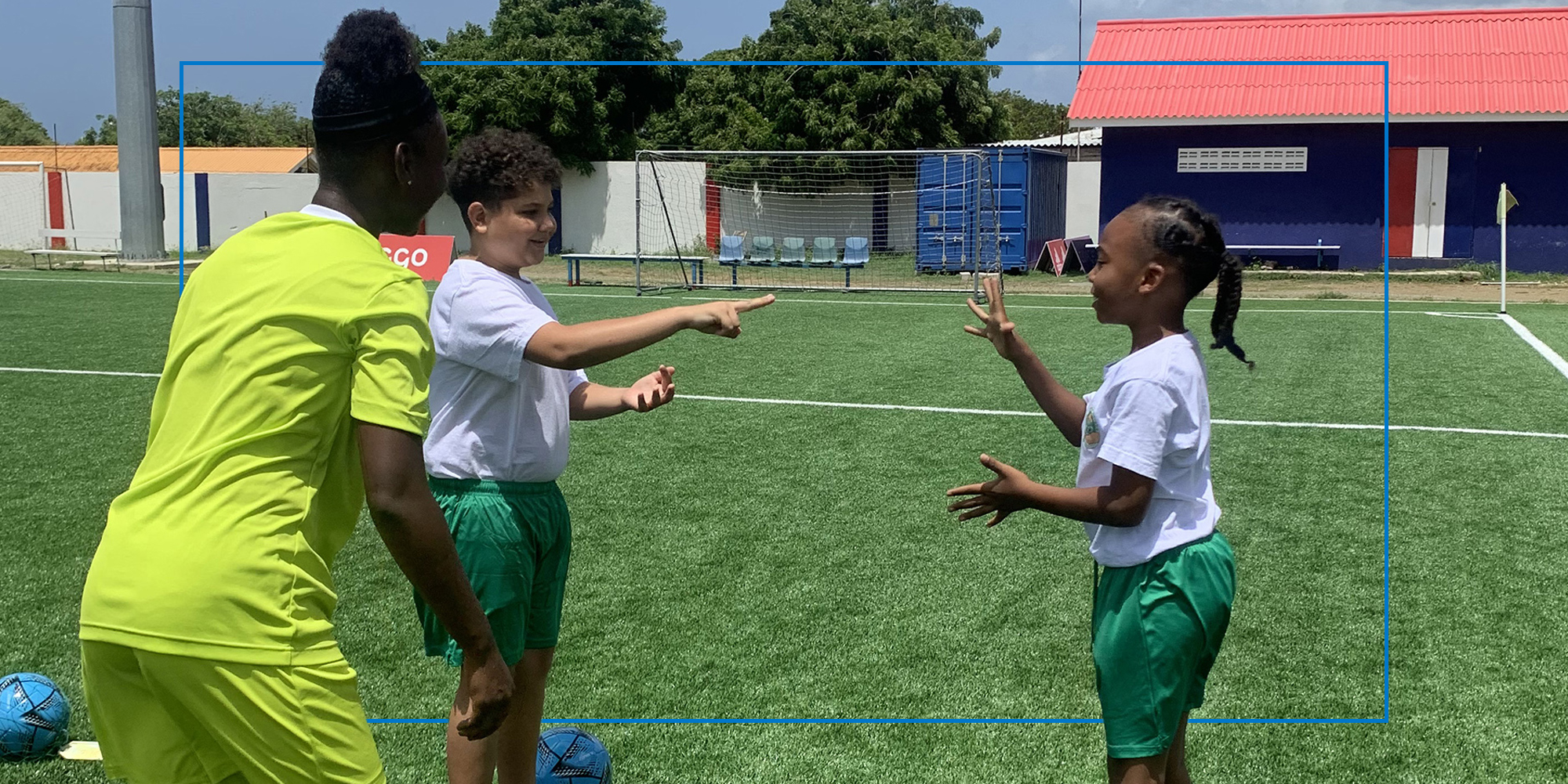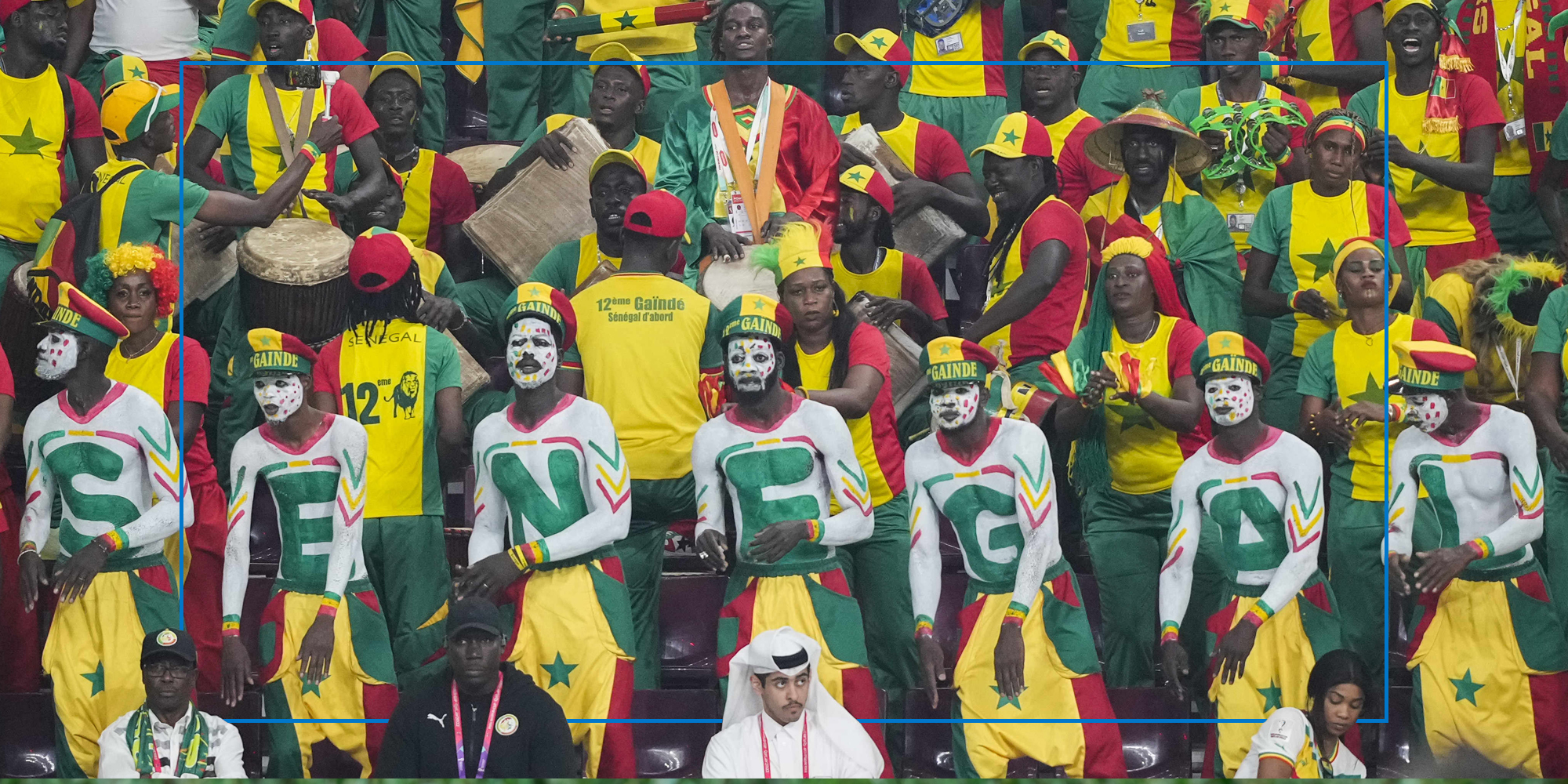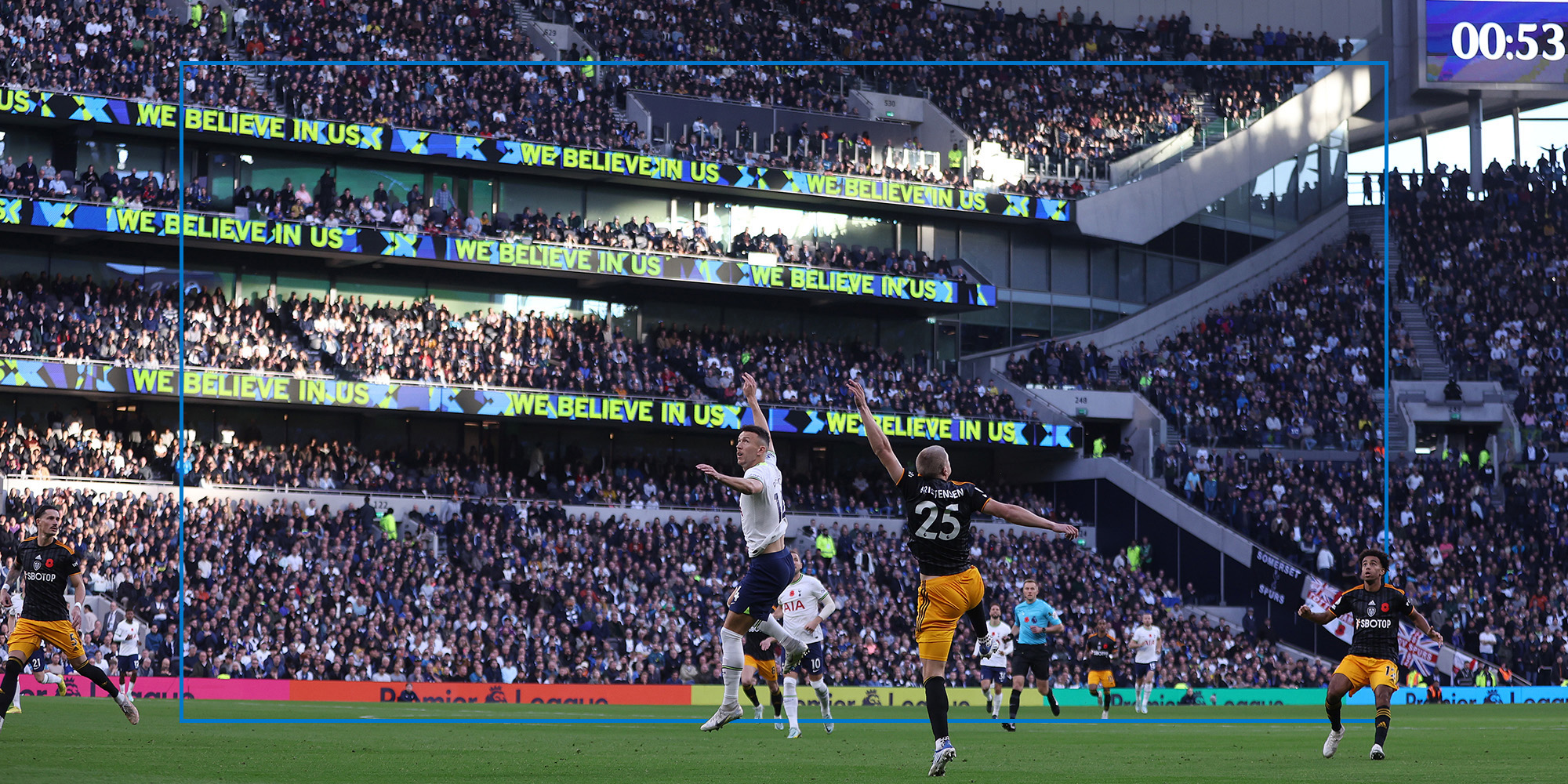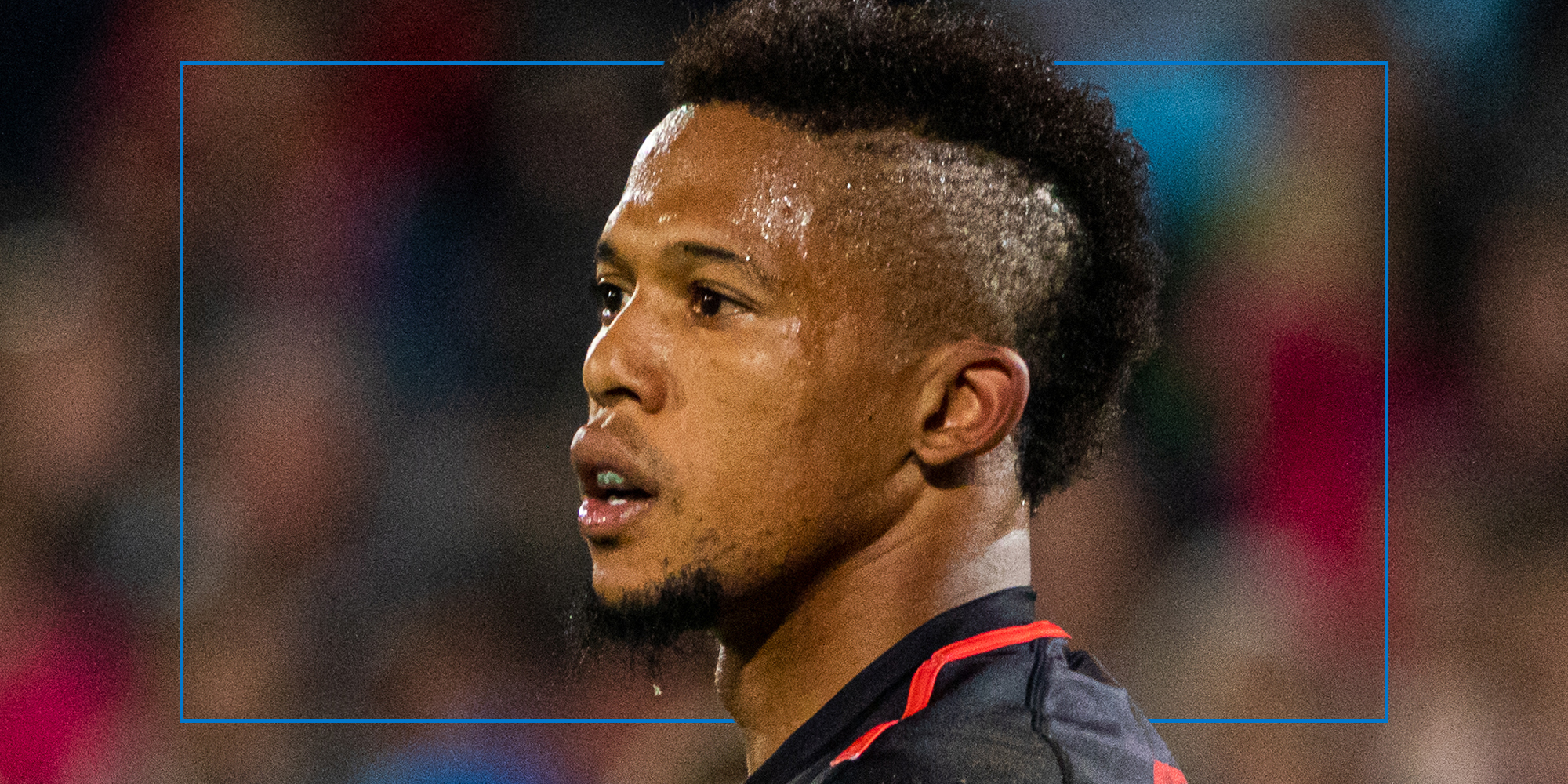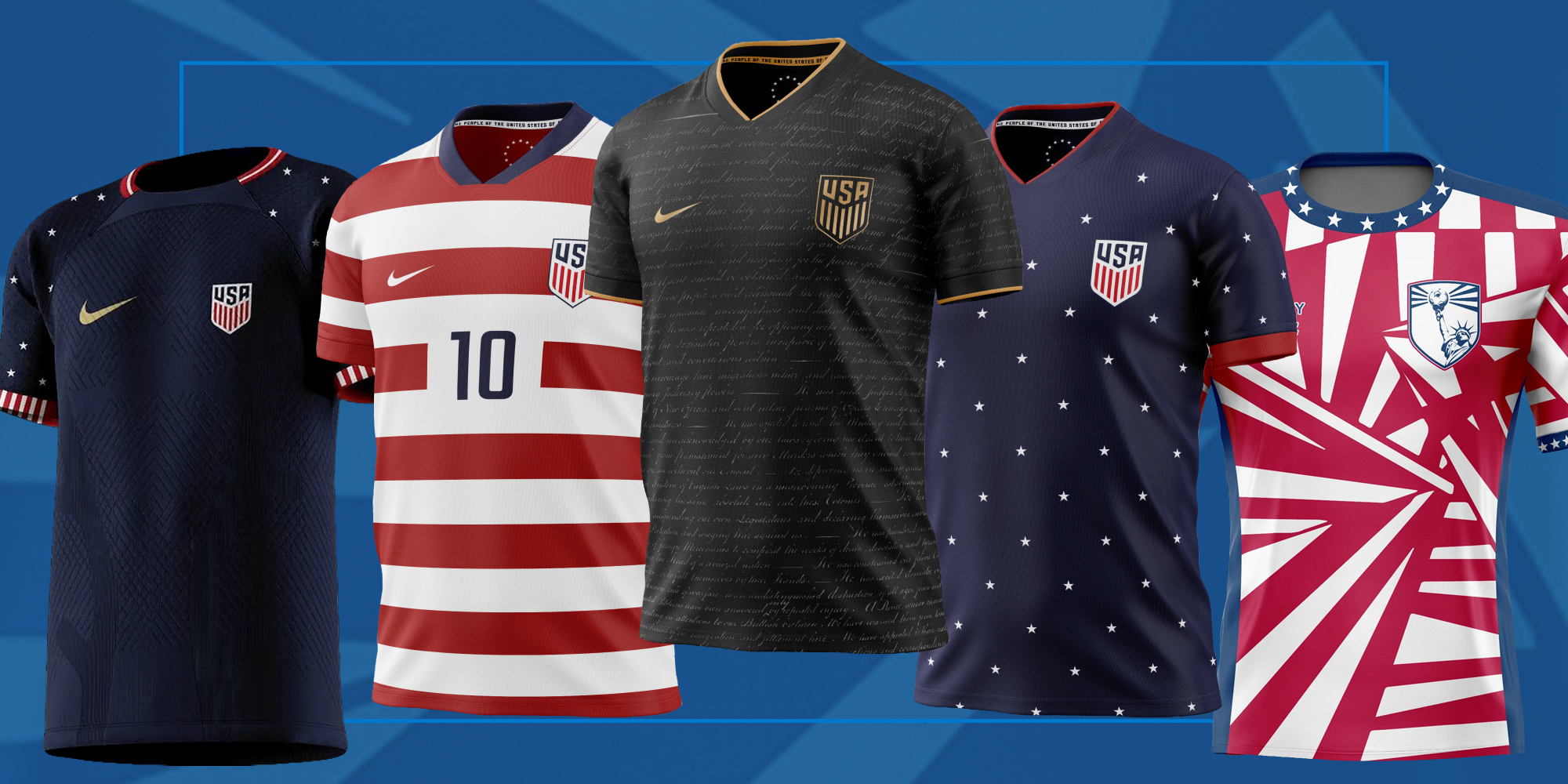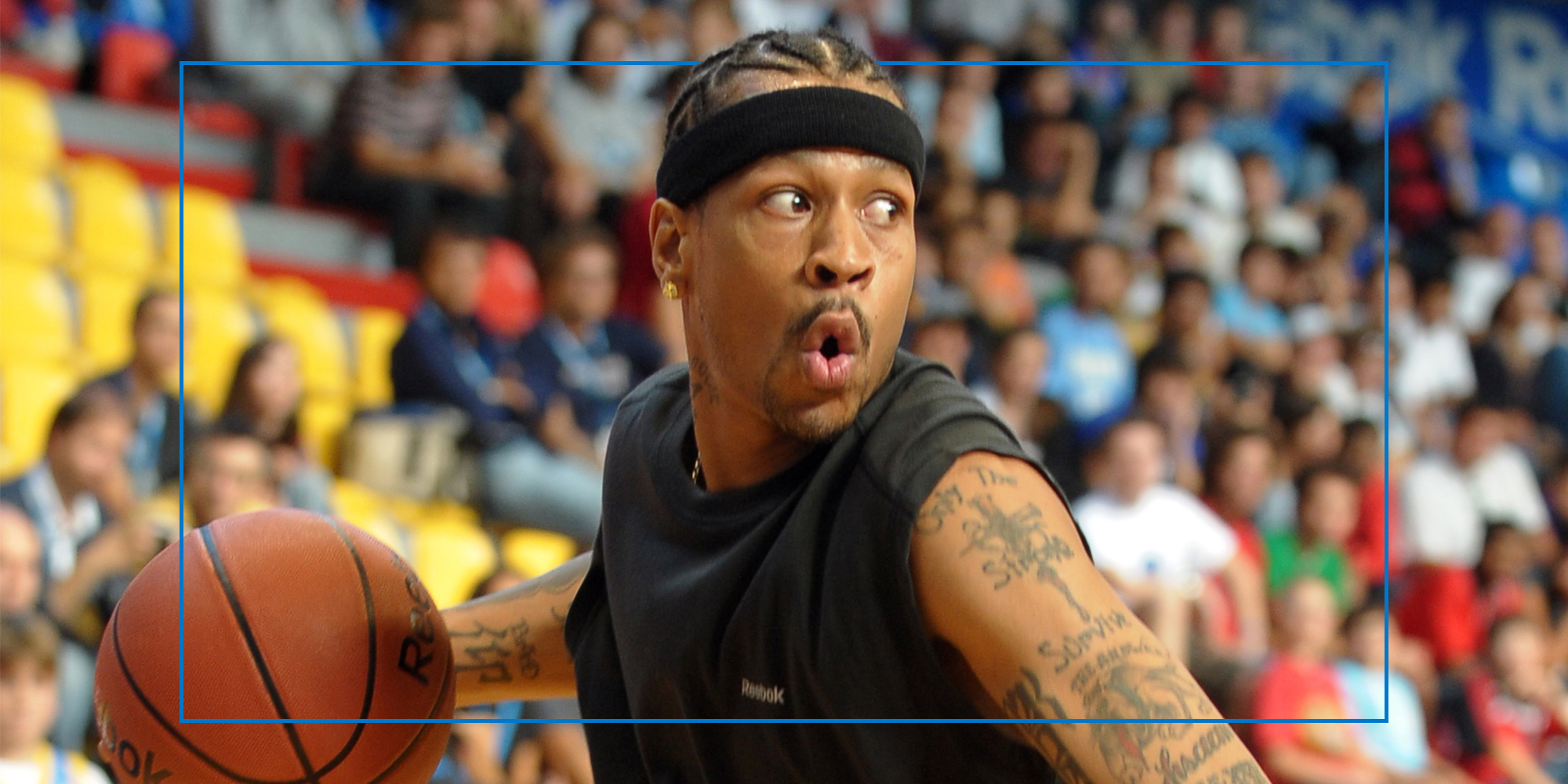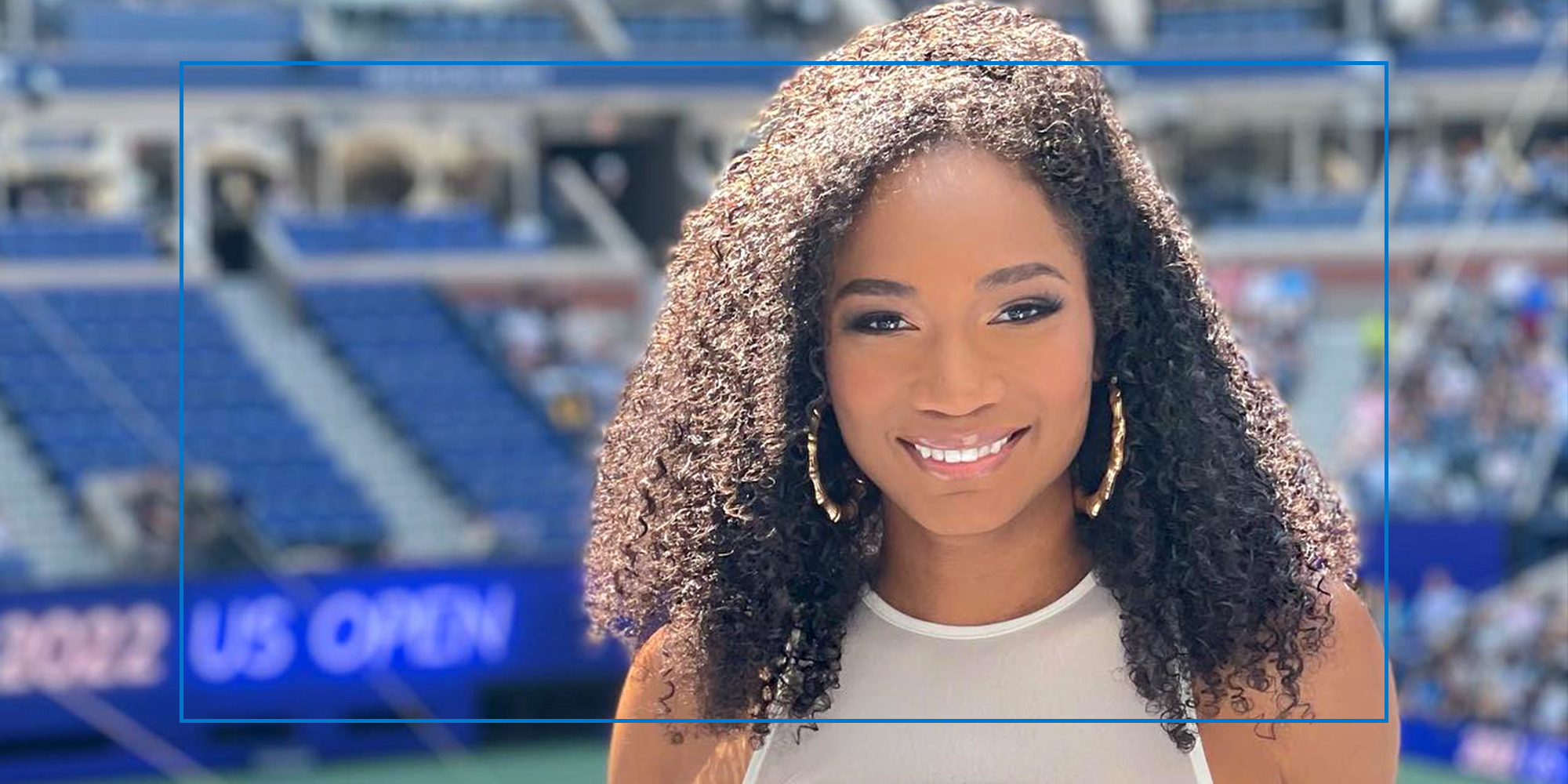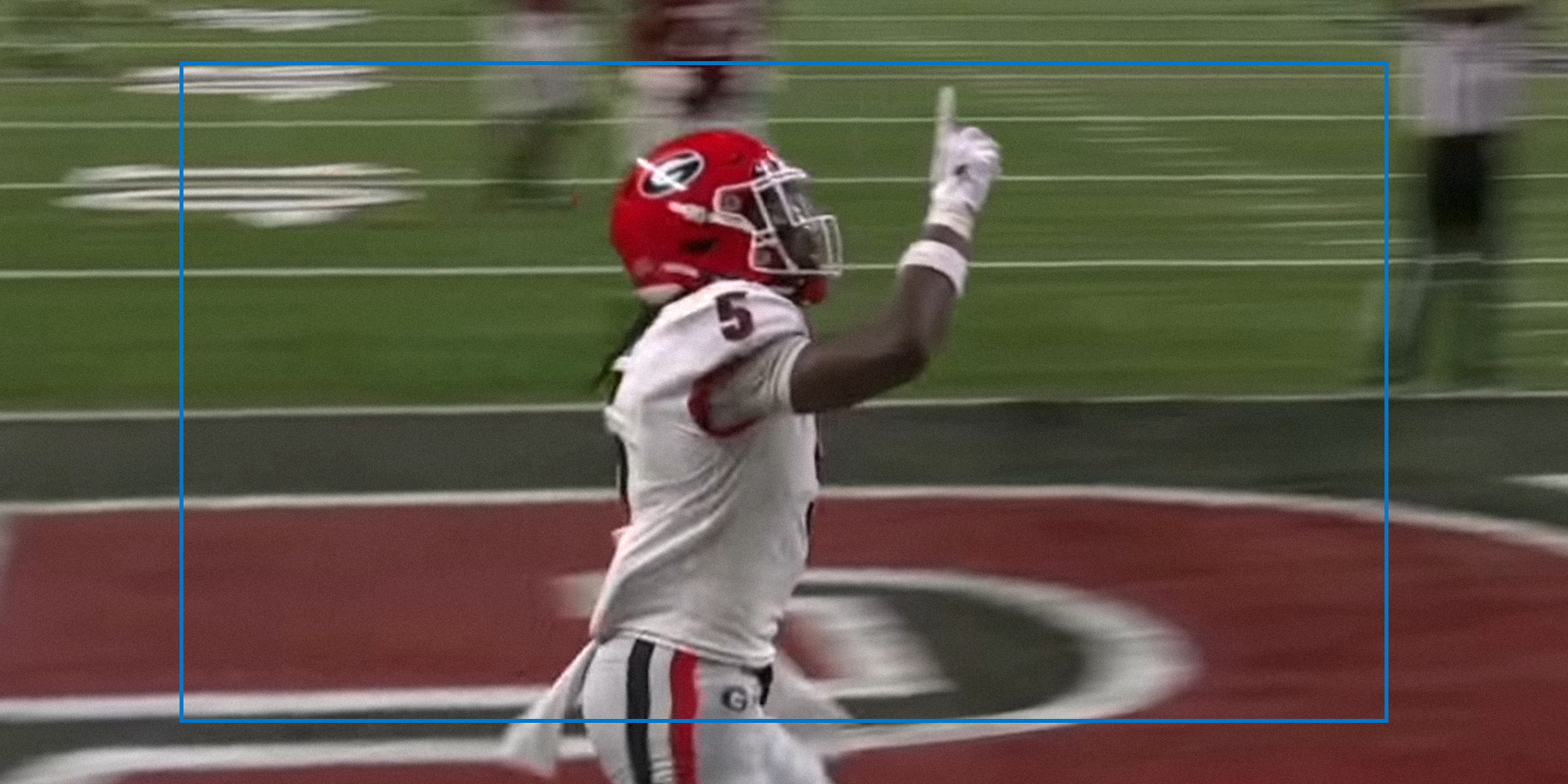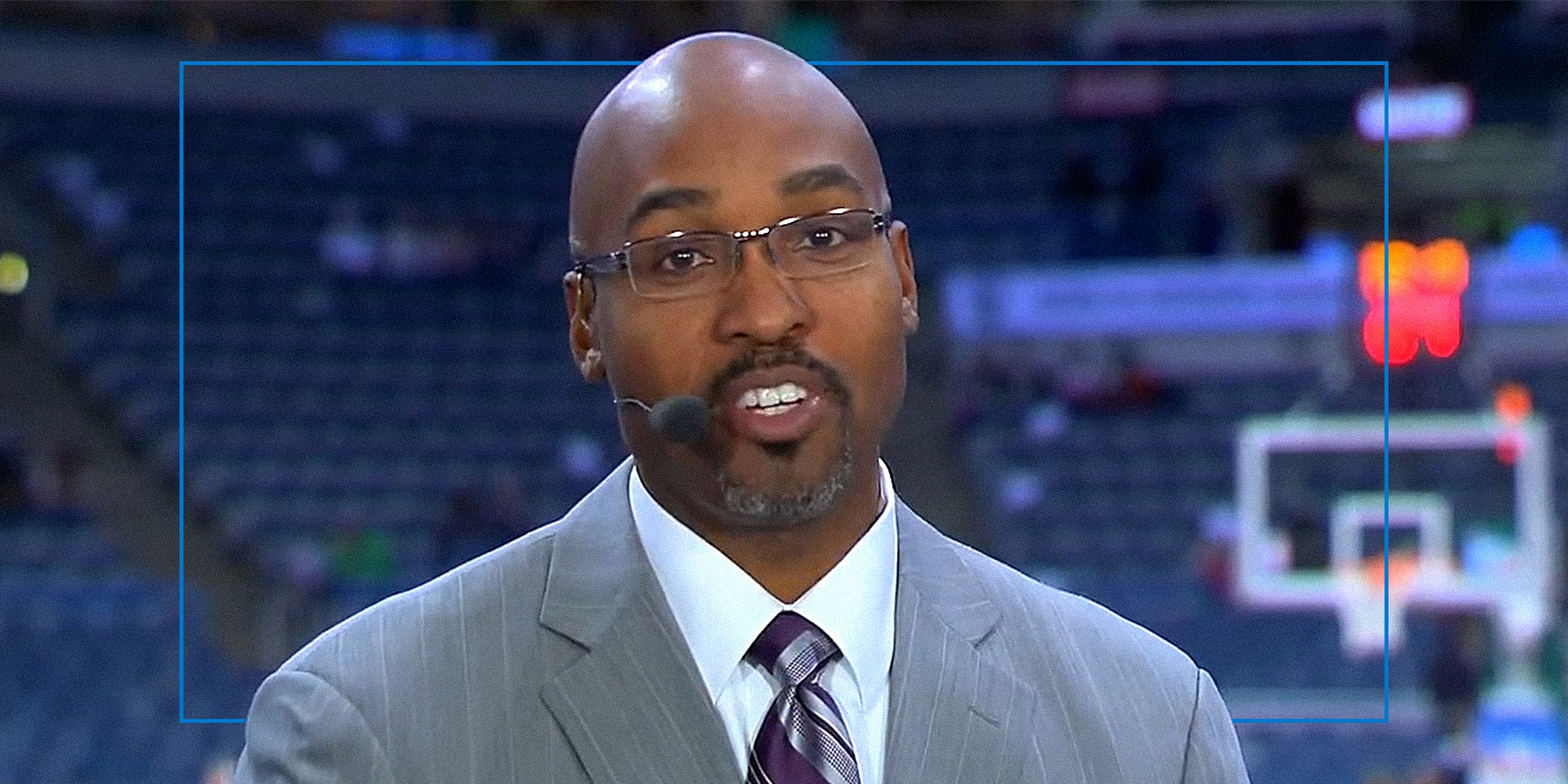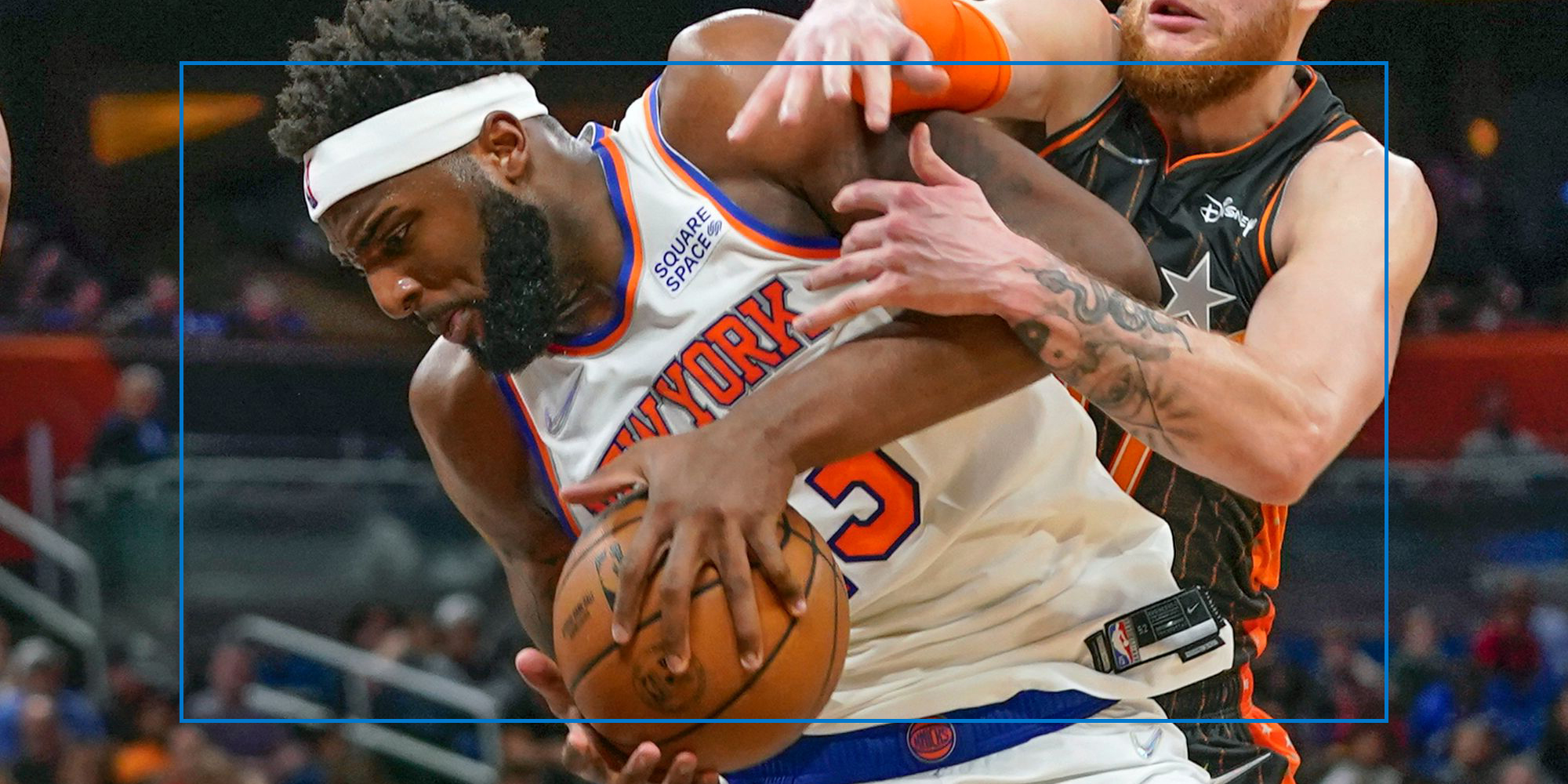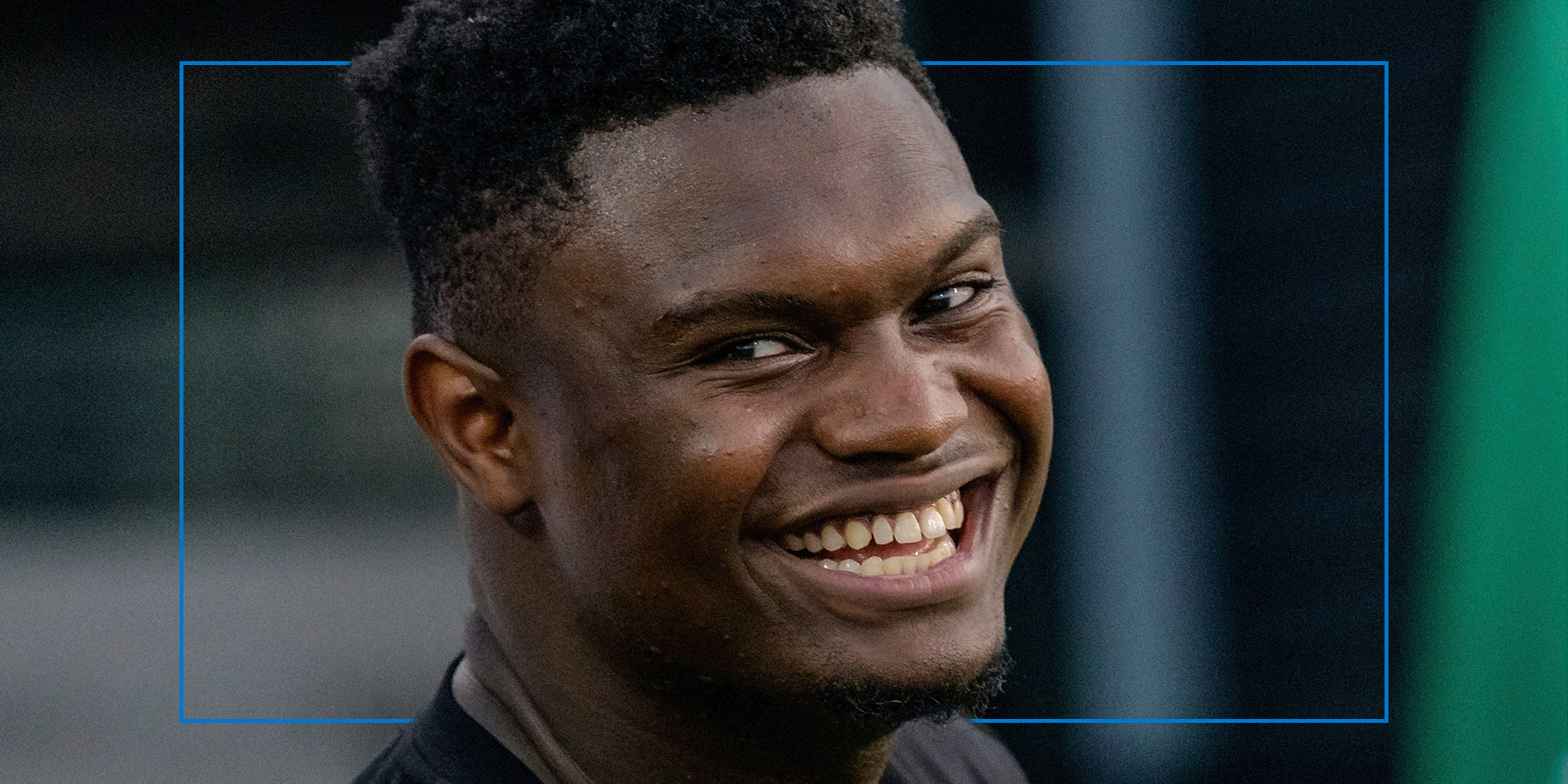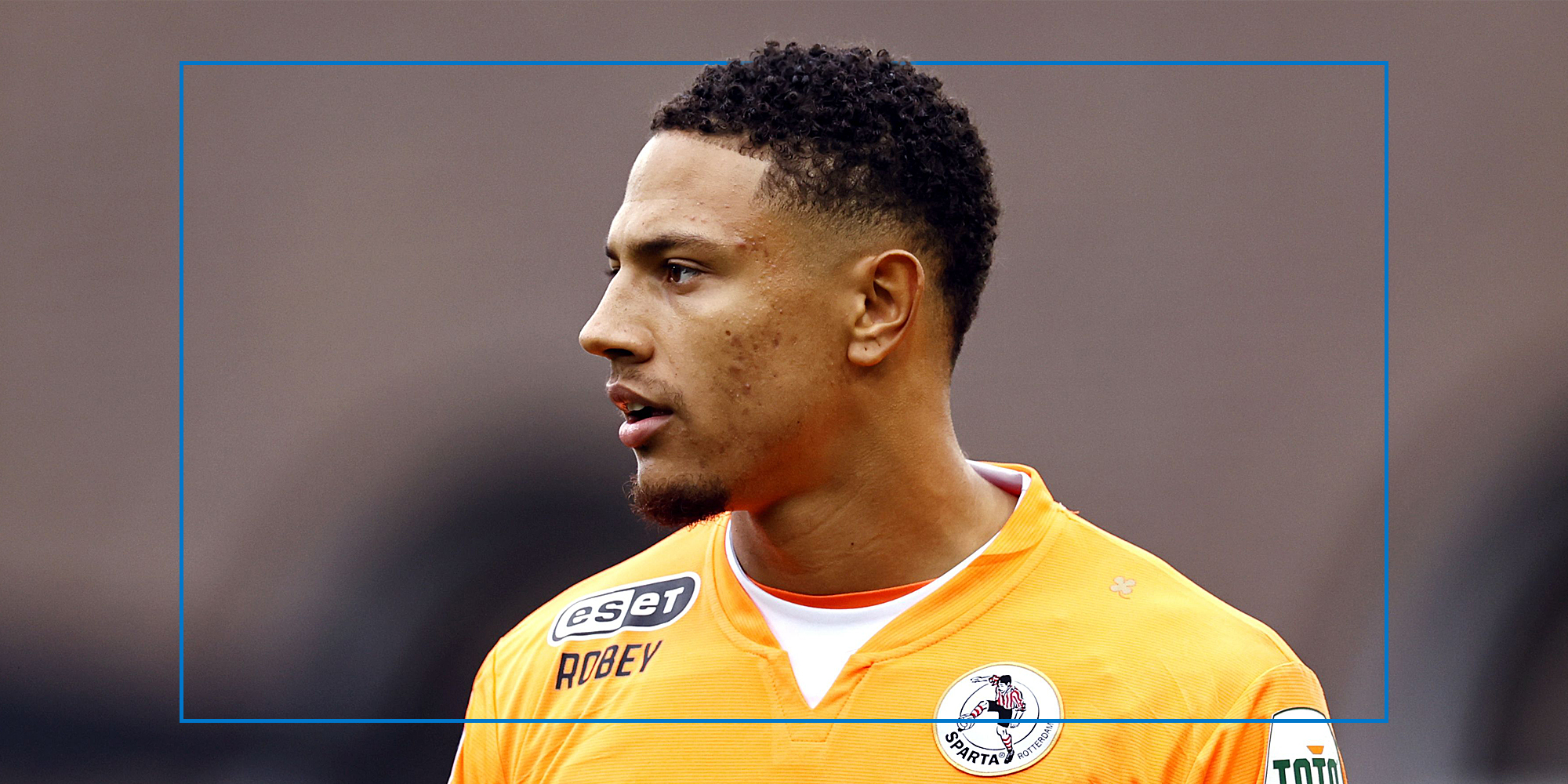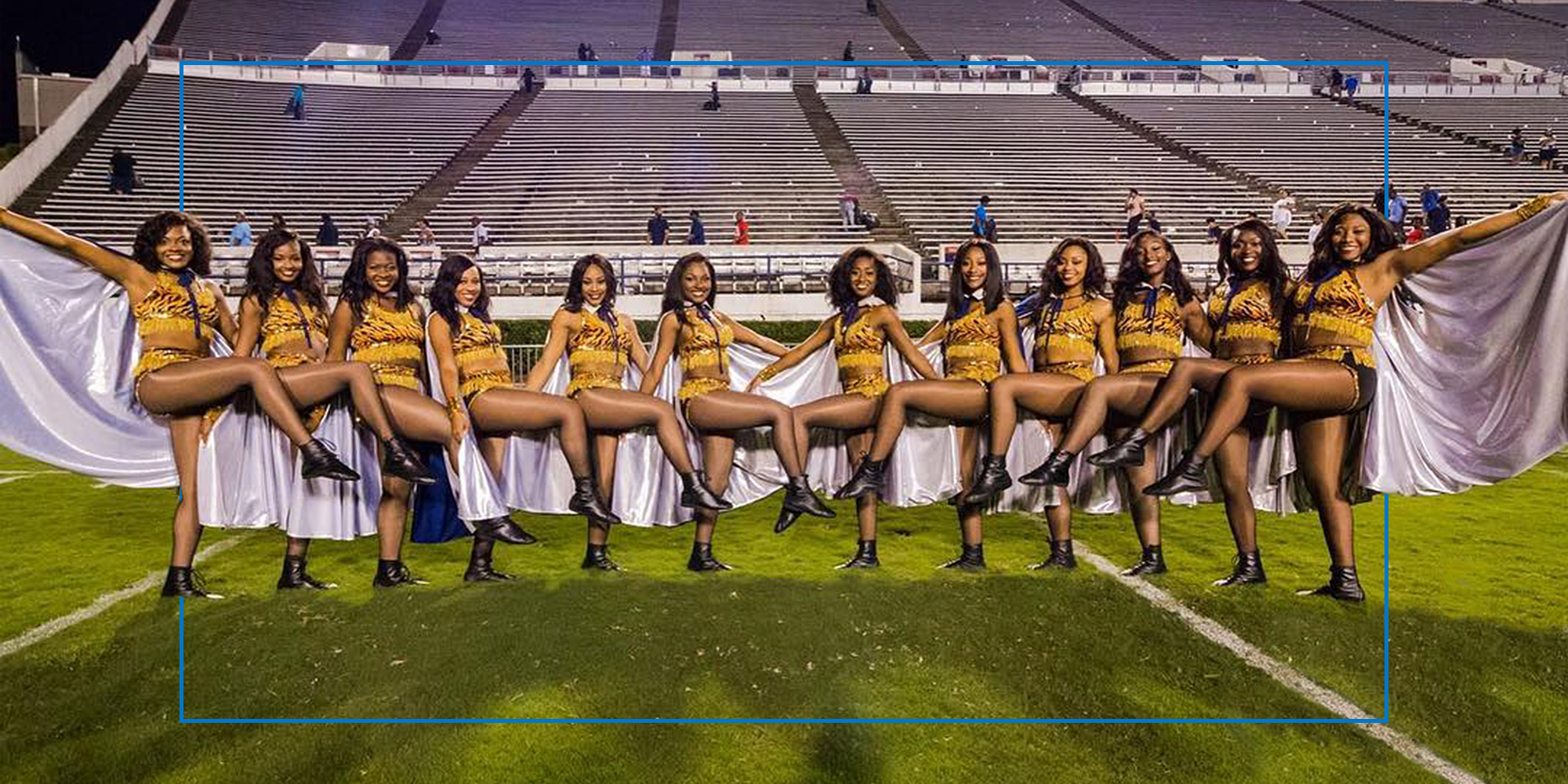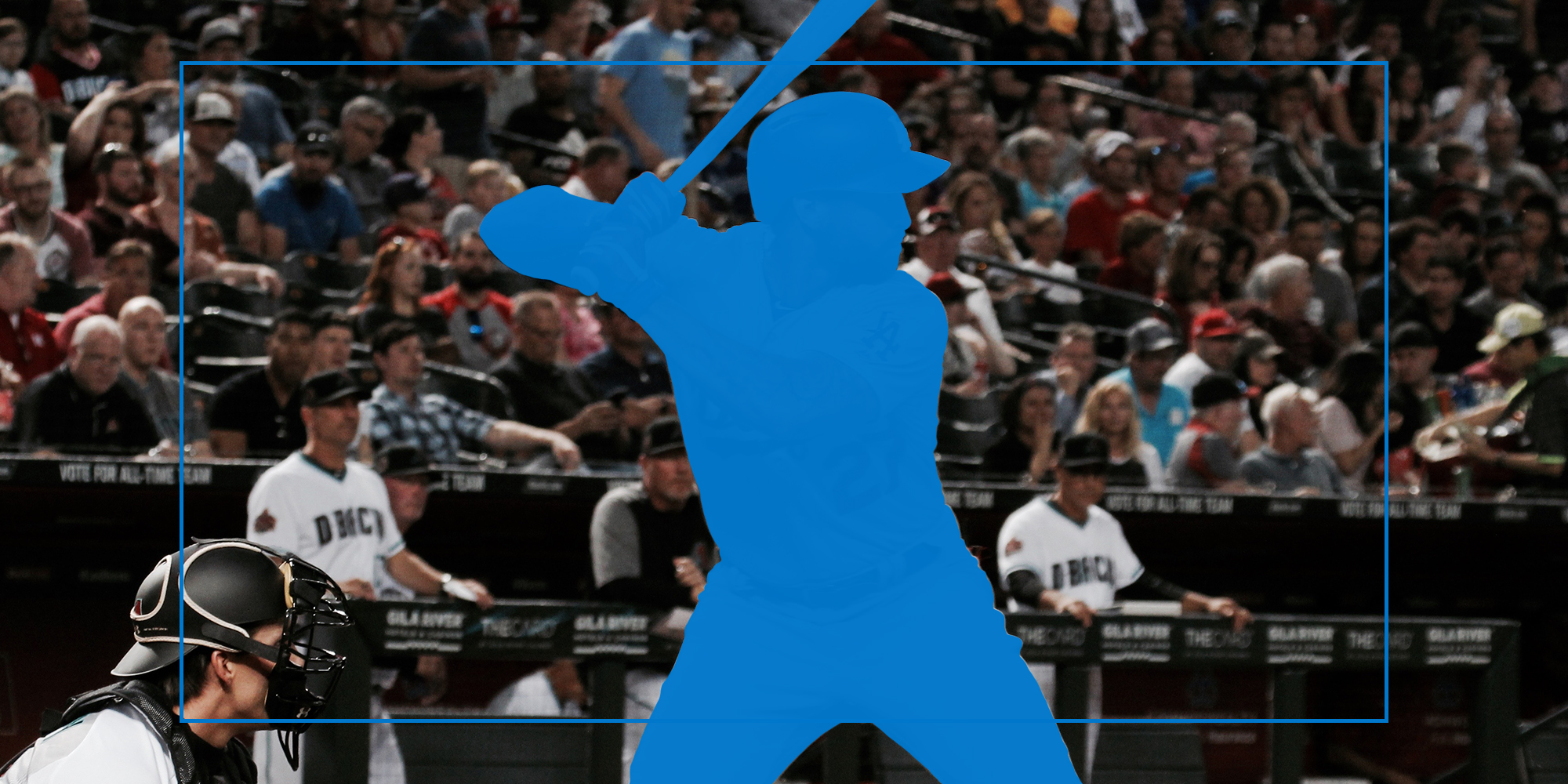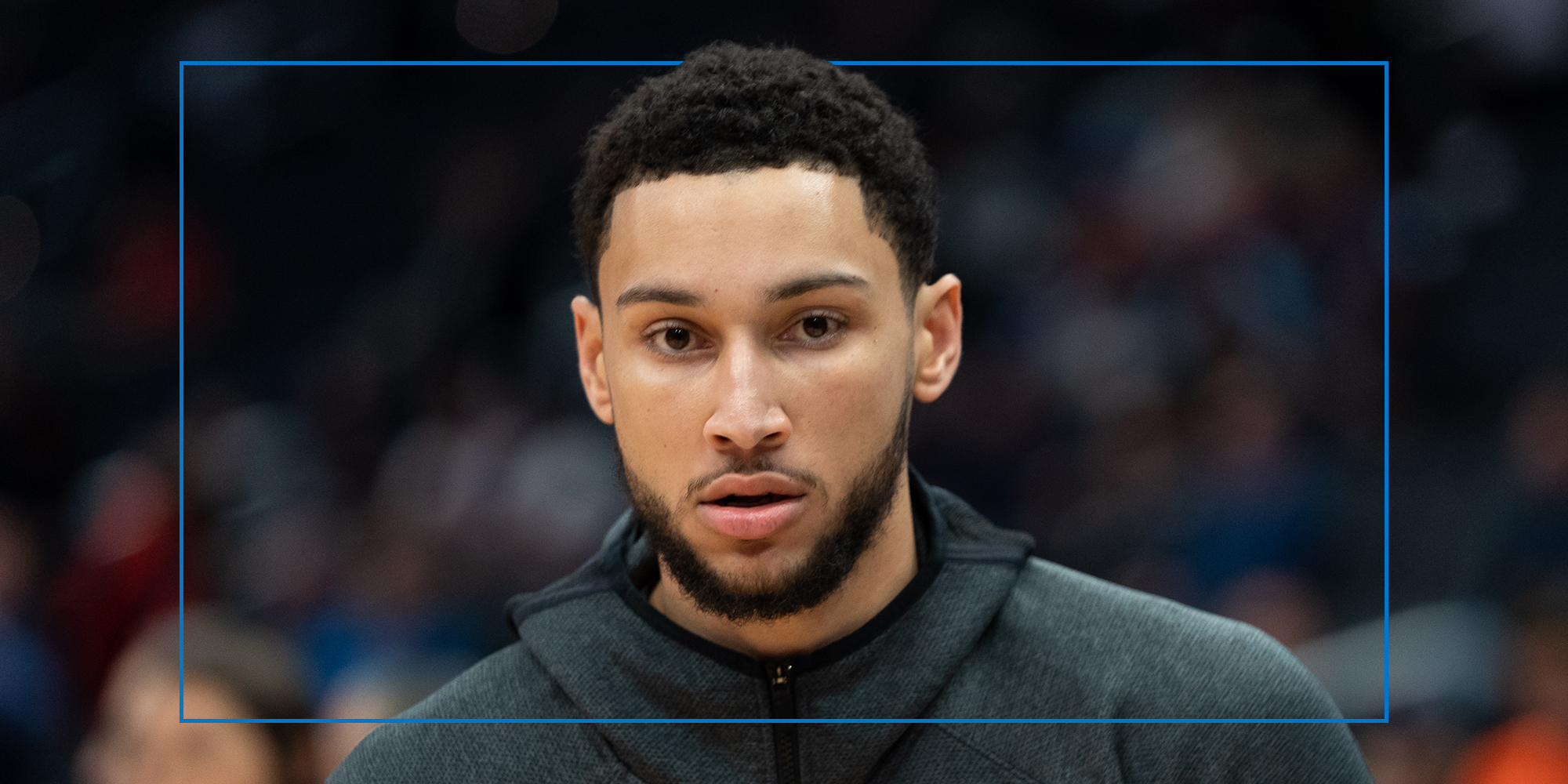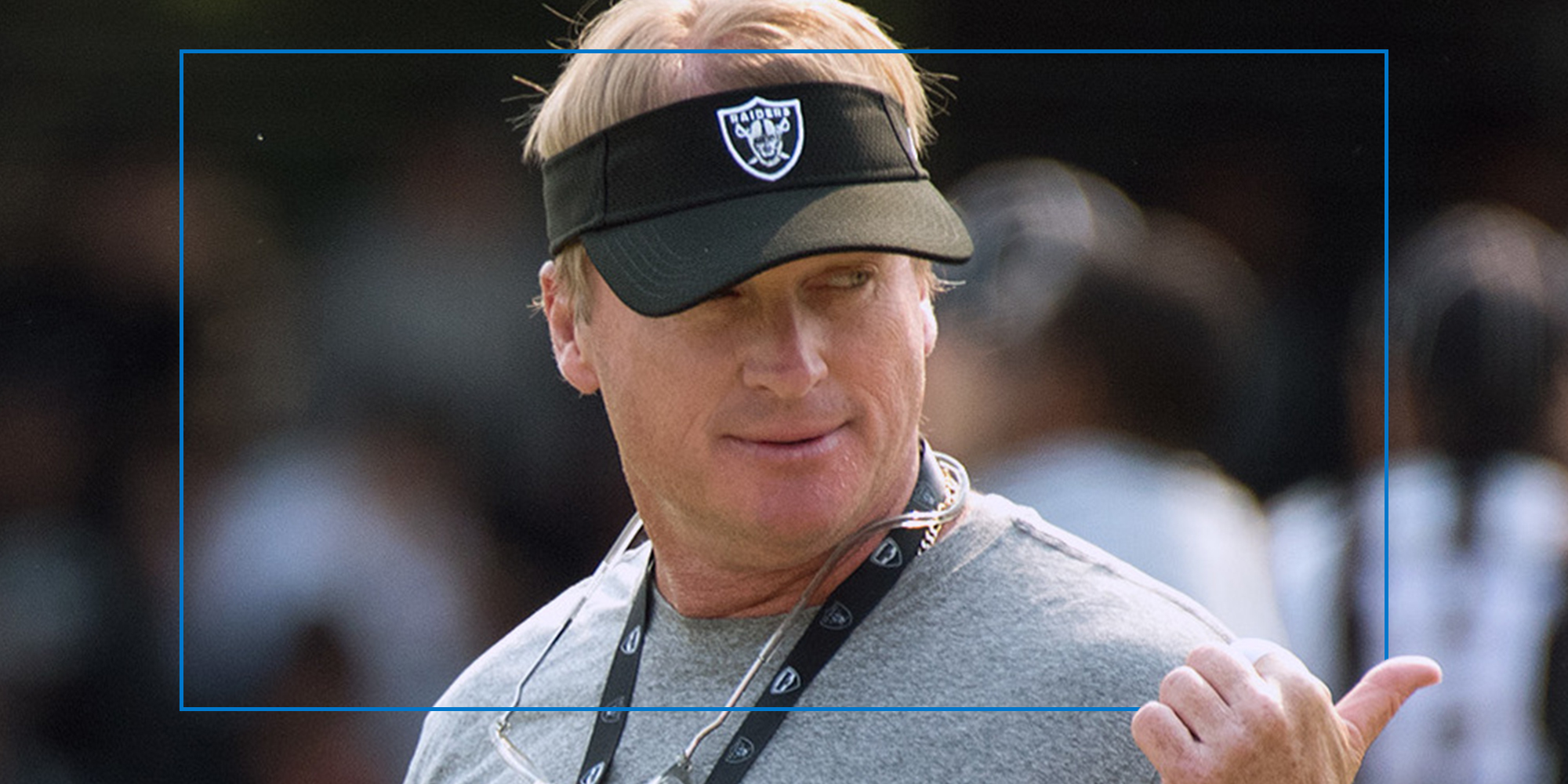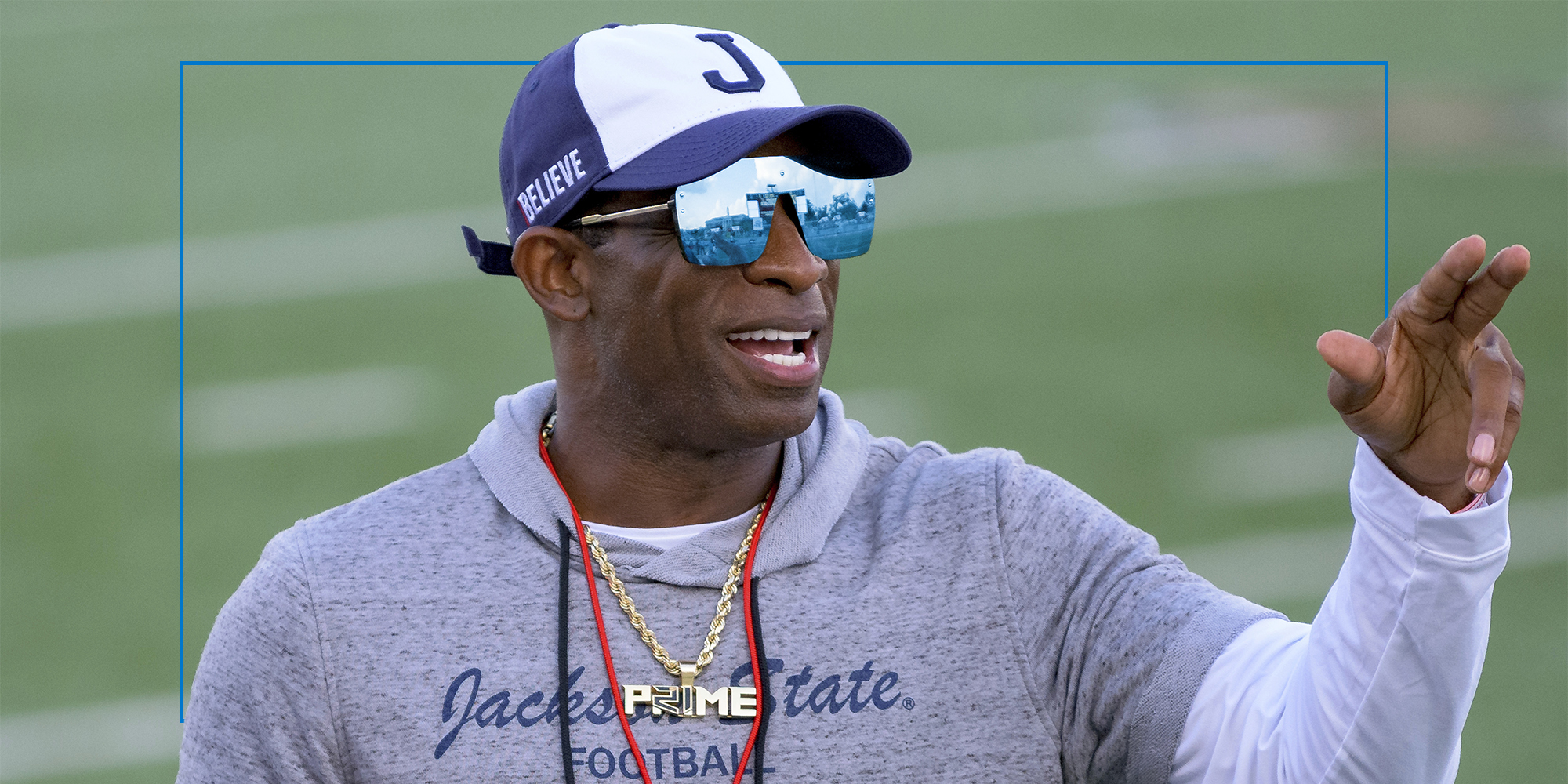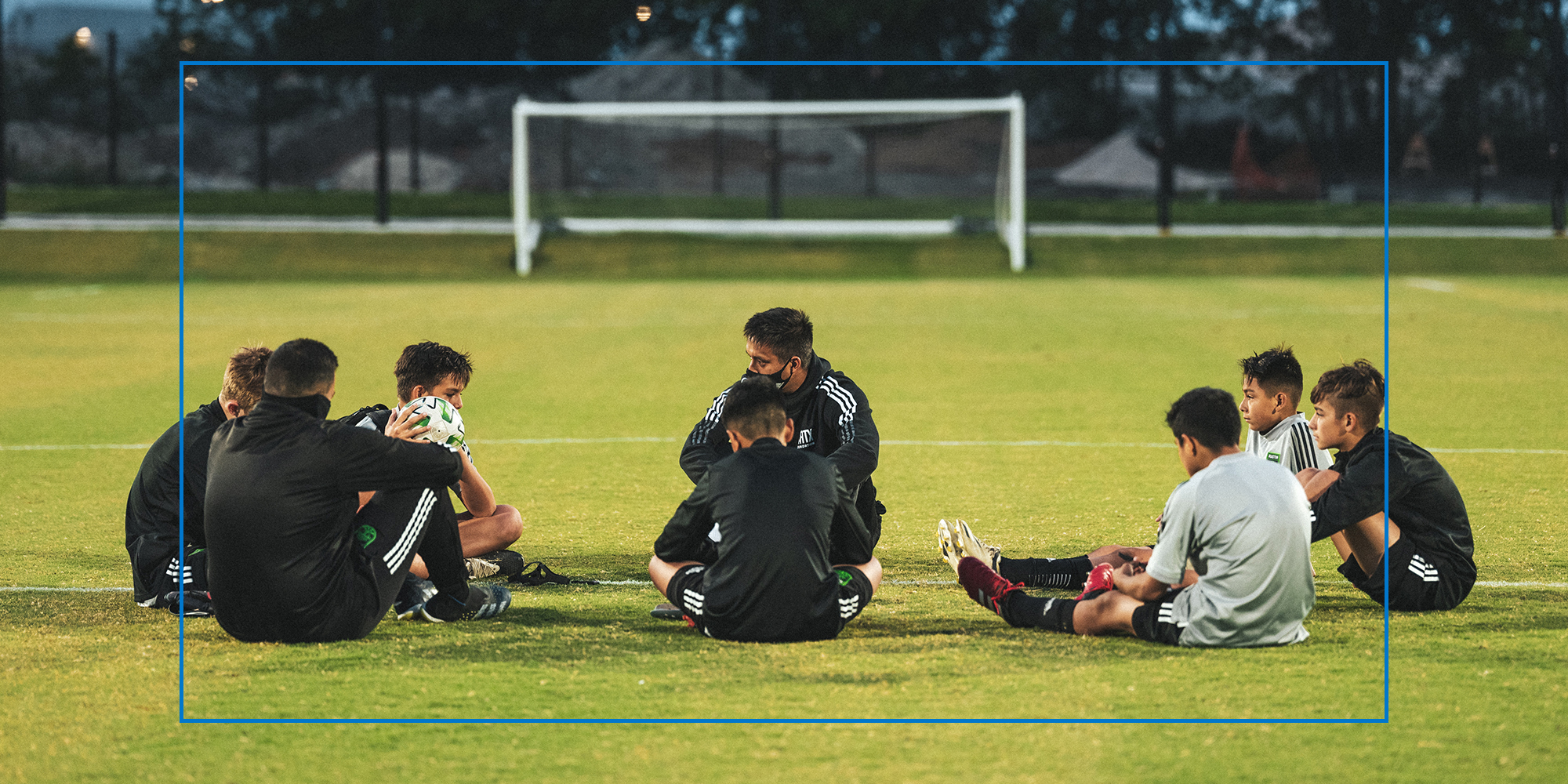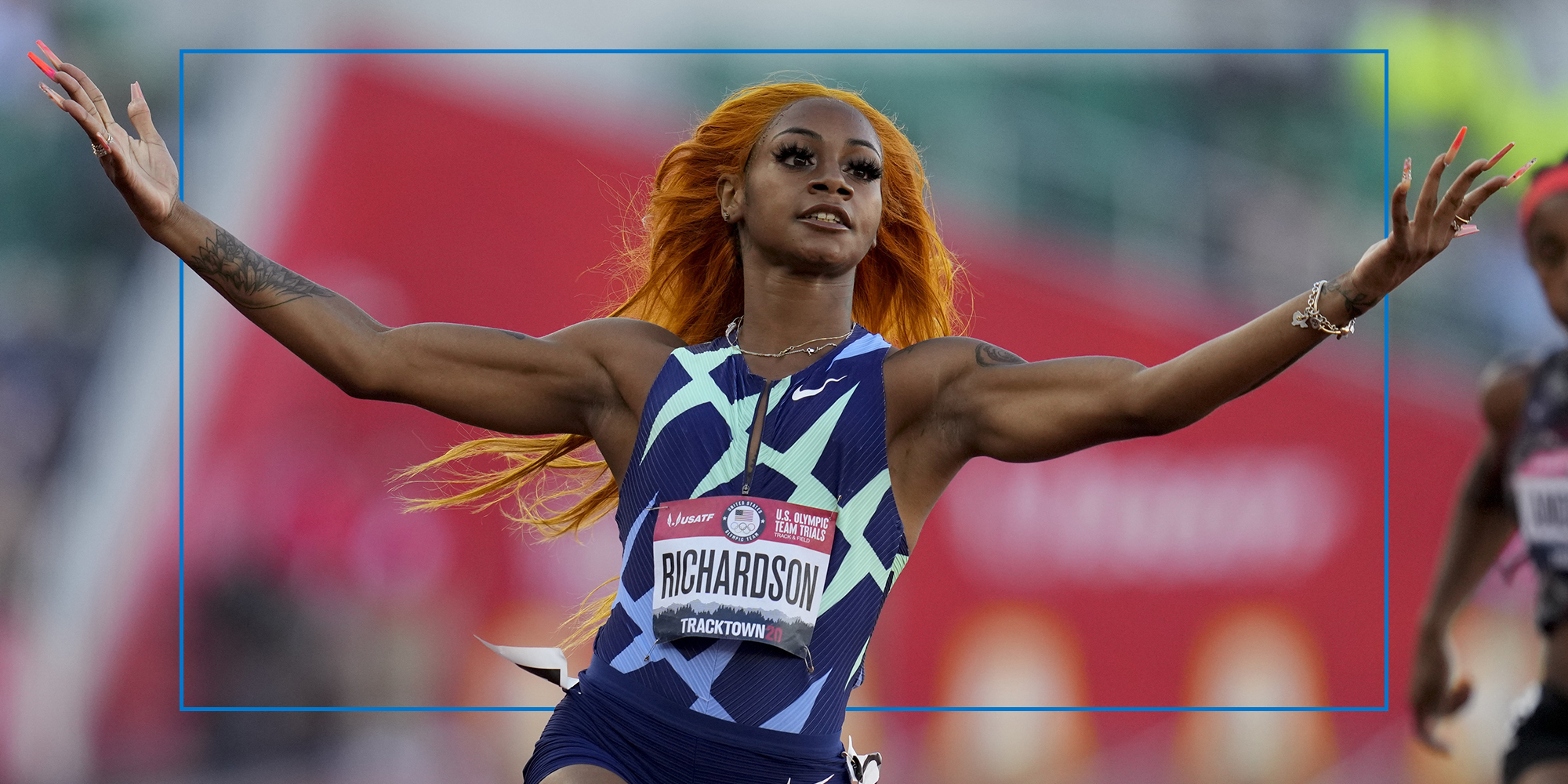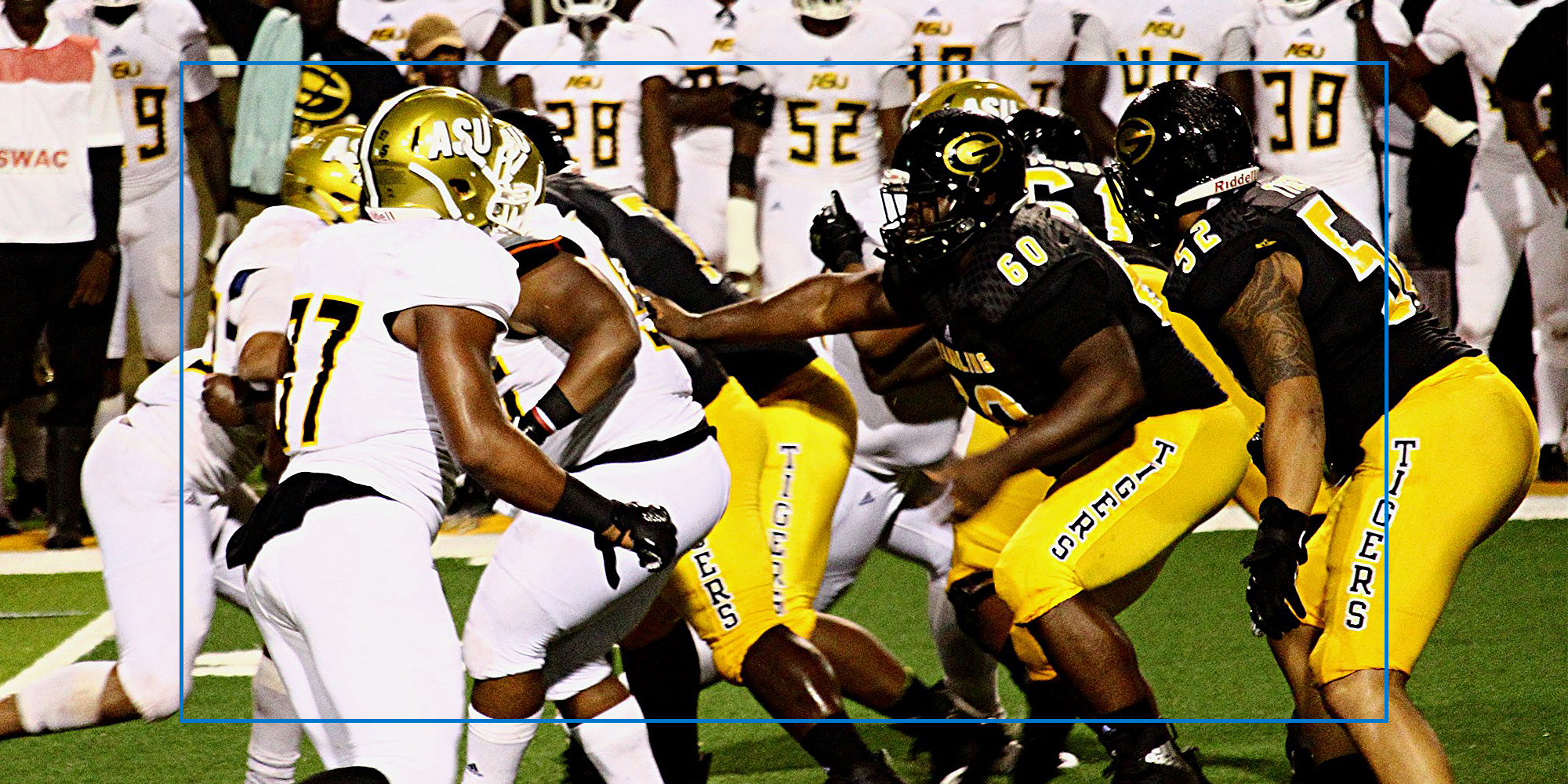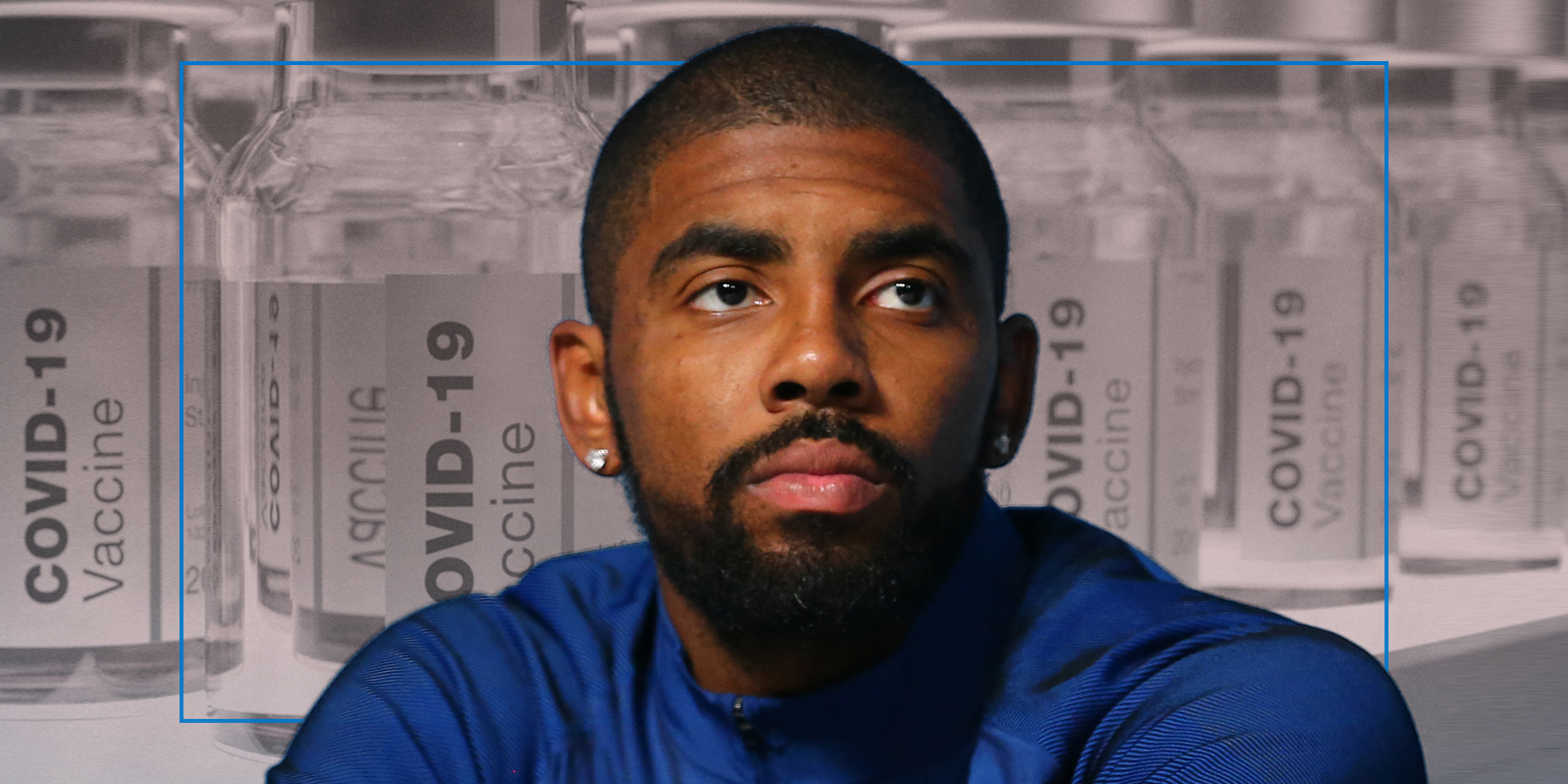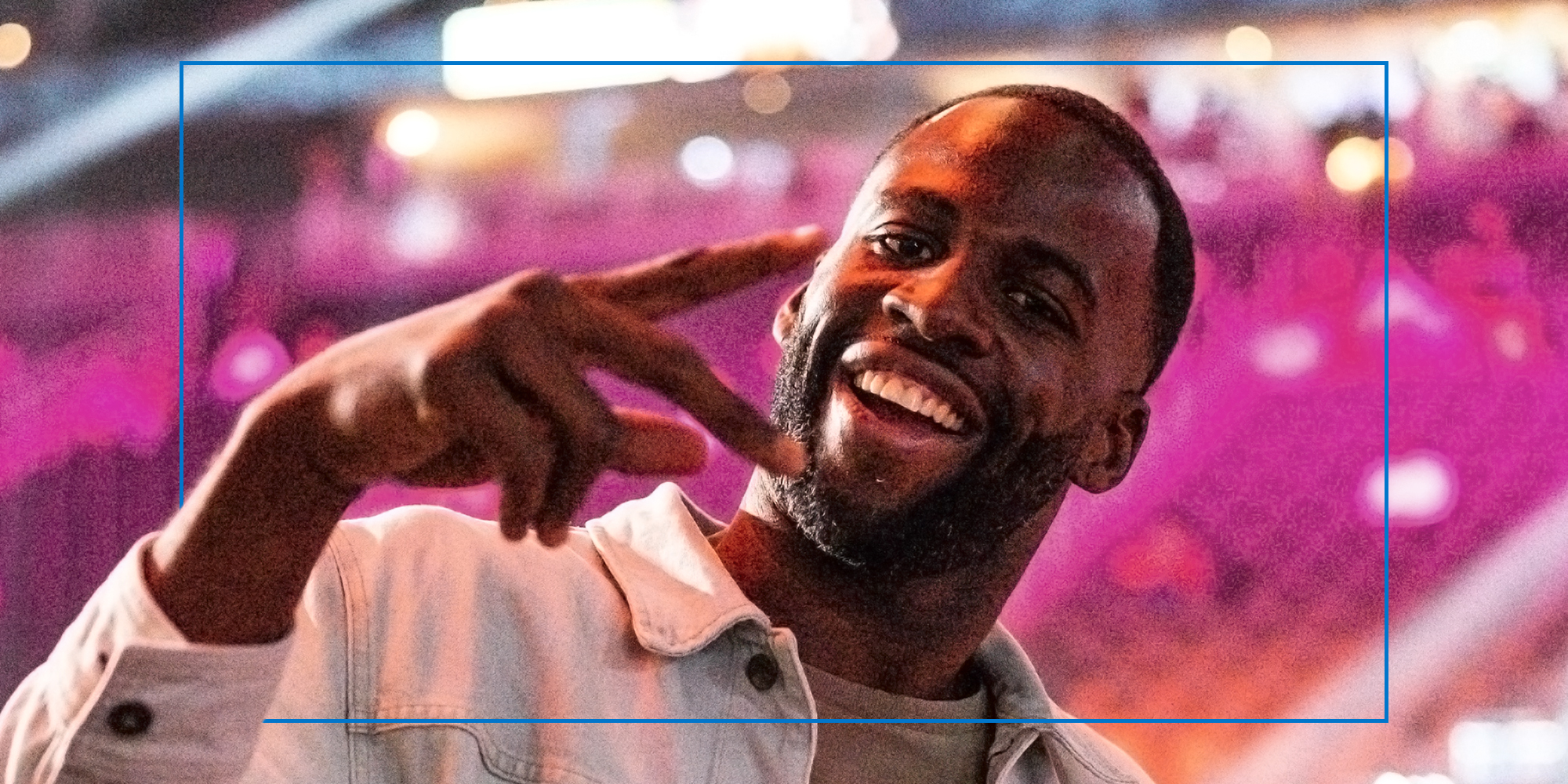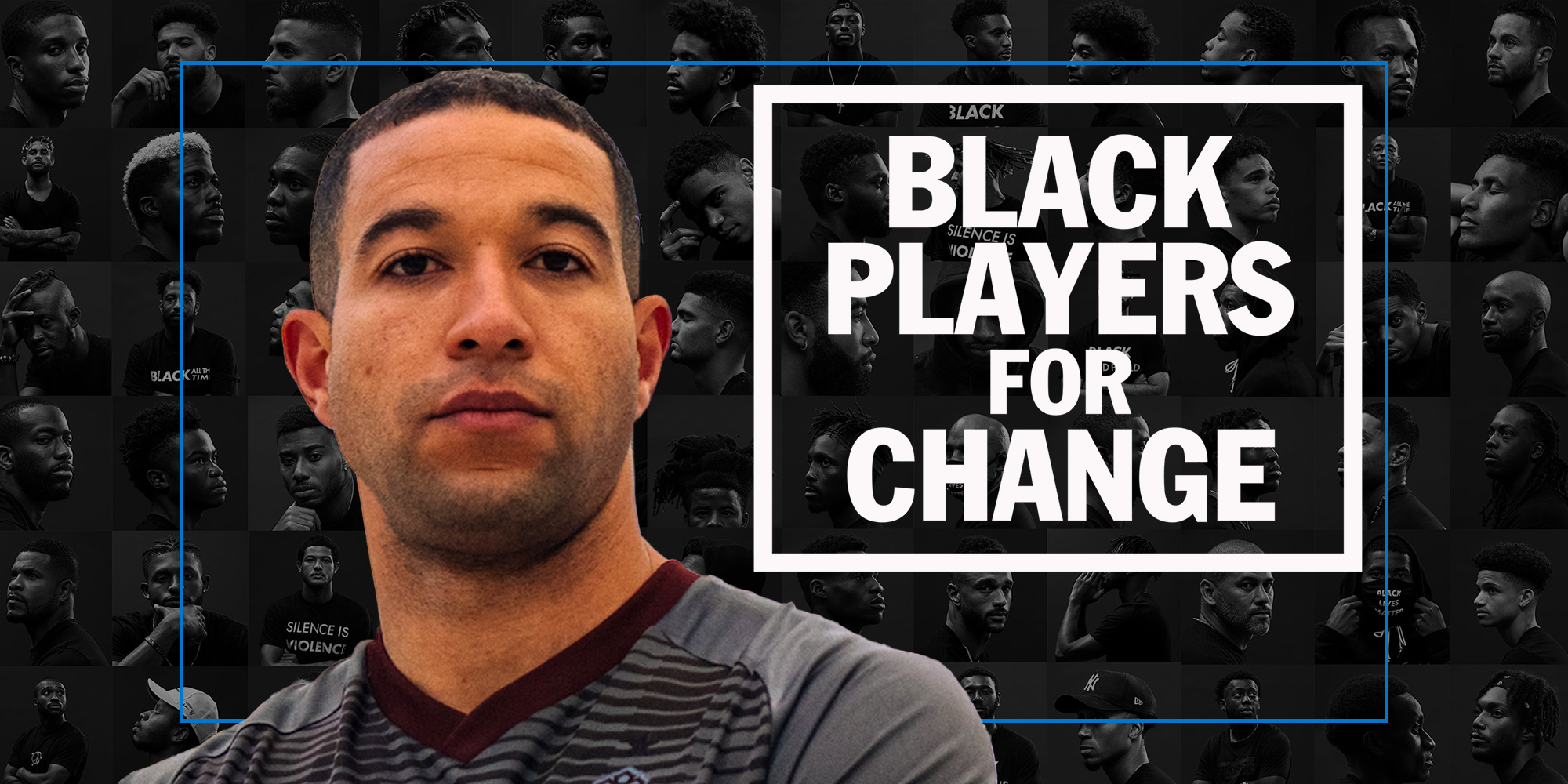Knicks superfan Jonathan Ellis (also known as J. Ellis) saw a lack of comprehensive coverage of his favorite team. He didn’t feel like mainstream media provided enough thoughtful critique or deep-dive analysis. So he decided to do it himself.
“I used to wake up and look at Knicks forums every day,” Ellis said. “I would wake up, brush my teeth, go to my computer, and get on Knicks forums like Pro Sports Daily. It had all the rumors, all the trade stuff. It consolidated all the news. I became the plug to my friends. They would ask me if I heard about various rumors, and I would say, ‘Yeah, I heard about it last week.’“
Born in Brooklyn, Ellis grew up watching the hometown Knicks. For Knicks fans, rooting for the team is more than just a hobby. It’s a rite of passage—a commitment, even during the bad times, which have been plentiful.
Ellis and his friends started recording their conversations in one of their garages, talking smack and debating current Knicks news. Afterward, he would upload the conversations to SoundCloud. Later, in 2016, Ellis launched The Knick of Time Show, a podcast and YouTube channel.
As the popularity of YouTube as a free platform for creating content grew, other young, Black content creators began creating channels as well. In the process, an online Knicks community was born. Every channel offers fans something unique—and they aren’t all based in New York. Some are expats, others inherited their fandom from a family member, but all bleed orange and blue. The conversation on most of these channels is casual but informative. It’s like a digital barbershop.
For the fans, by the fans
In 2017, Casey Powell—known as “CP The Fanchise” to his nearly 50,000 YouTube subscribers—started KnicksFanTV, or KFTV. Powell grew up listening to the famed New York radio show Mike and the Mad Dog on Sports Radio 660. He wanted to replicate the community the call-in radio show fostered, but on the internet, where the reach was global.
“When I first started, I really didn’t have any goals,” said Powell. “I had no media training experience. I had no experience making videos. I was never someone in front of the camera. I had no idea what the hell I was doing.”
For the blueprint of KFTV, Powell turned to the online fan communities of the English Premier League. A soccer fan himself, he would watch online soccer YouTube channels like Arsenal Fan TV, The United Stand, and Stretford Paddock, studying how they curated their segments and incorporated fan interaction. These channels are fan-made, rowdy, and fervent in their coverage, with subscribers nearing half a million per channel.
When Powell started KFTV in 2017, the Knicks were among the worst franchises in all professional sports. They posted a losing record 13 out of 16 seasons between 2001 and 2017. In addition, the team had been marred in scandal, controversy, firings, and botched trades. It was the peak era of “LOL Knicks,” a pejorative term used by Knicks Twitter to describe the team’s reputation as the laughing stock of the NBA.
Powell, like Ellis, felt like mainstream coverage of the Knicks was lacking. “Even though sports radio had been around, there was so much I didn’t like about it,” Powell said. “The constant commercials, a lack of in-depth coverage. On the national media scale, you weren’t getting that in-depth national coverage. All you were just getting that hot rumor, who’s linked to the Knicks? What’s James Dolan doing? You weren’t in the weeds. You weren’t covering the acquisition of the 12th or 13th guy on the team. There are people out there that wanna know that stuff. They really wanna see how this team is growing year after year or regressing year after year.”
Recently, major media sports outlets have caught on to what Powell is doing. He’s been invited to contribute to SNY and ESPN while collaborating with other Knicks media outlets on coverage and live meetups.
DIY beginnings
At the onset of the COVID-19 pandemic, Ellis noticed mainstream media outlets were adjusting to the shutdown by emulating the tricks of amateur content creators.
“During the pandemic, Knicks YouTube media became king,” Ellis said. “That’s when you started to realize corporations were mimicking us. They were doing Zoom interviews. You were seeing home video interviews from your office, kitchen, bedroom. We were doing those for years. They started to look like the stuff we were doing.”
Broadcasting with whatever gear you had in front of you is part of the ethos of Knicks DIY media.
“When you take away resources, you find other ways to do things out of survival,” Ellis said. “That’s what happened to us and [other] sports media. We had to adapt. Some things got lost. When you’re not in person, the personal connection gets lost. Other things are gained, like comfort and reach. The audience doesn’t have to be right in front of you.”
Powell also wanted to reach the Knicks’ global fanbase. Despite being at the bottom of the standings year after year, the Knicks have remained one of the most profitable franchises of any sport. According to Sportico, the Knicks have been the NBA’s most valuable franchise, listed at a robust $5.42 billion over the last 20 years.
“That’s the power of the internet right now, I’m reaching people all across the world,” Powell said. “You can capture that audience just as much as someone who is working at a mainstream outlet can capture that audience. The playing field has been leveled, and the barrier of entry is a lot lower than it has been in the past. In the past, pre-internet, you wanna try to get into those major publications—The New York Times, Daily News, New York Post, there are limited spots. It’s a hard world to crack.”
A family tradition
For one popular Knicks podcast, balancing work and family is part of the game. Tracy “Tray” Agarrat and Terrance “Terry” Ross are the mother-and-son hosts of Terry & Tray, a podcast that began in 2018 and has the best intro theme song of all Knicks media. Terry became a Knicks fan after his grandfather, growing up watching games in Trinidad and Tobago.
“I would come home, and he would be having a heart attack watching a game,” Tray, Terry’s mother, said. “I would say, ‘Are the Knicks playing again?’ He would be on the floor, losing it. My son has been a Knicks fan since the embryo.”
Tray found watching and talking about the Knicks brought her and her son closer—even if it was around a shared misery. She says that familial connection is the driving force behind the production.
“When we filmed for the first time, it wasn’t about views. It was so my future grandchildren could look and see their dad and grandma doing this thing together. It was organic. We didn’t tell any of our friends or family. It wasn’t about watching our video and giving us a like.”
‘I’m still a Black man’
For all of these creators, it goes even further than just covering their favorite team. It’s also about doing it as Black creatives in a predominately white media world—a world rife with gatekeeping, nepotism, and white male faces.
“To have this voice, as an African American, and that influence, means everything to me,” Powell said. “We’re not that very well represented in the industry like that. You have your Stephen A. Smiths, but he’s at the top of the chain.”
On camera, Ellis has a calm, intellectual demeanor. It’s hard to get a rise out of him, no matter how hot a caller’s take. But on the issue of race in America and his role as a Black sports reporter, he pulls no punches.
“I’m still a Black man,” Ellis said. “There’s still stuff that bothers me. It makes it important to have your own voice.”
Ellis points to people of color having a distinct, authentic finger on the pulse of basketball and hip-hop culture. “Being a Black man and having that voice gives us the power to make things fair. That’s important. Having the option to talk about deeper issues that white media might not have the angle on.”
Following the murder of George Floyd at the hands of police, the hosts found themselves also addressing the growing protests around the country on police brutality and racial equality with their guests— including former Knicks players.
“As African Americans, we’re like, what is going on with these interactions with police? How do I keep myself and my kids safe? What’s the conversation I need to have with them to keep them out of a tricky situation?” Powell said. “It was very much in front of us, and there was no way to escape it. I felt like we had to speak on it.”
Breaking into the boys club
As a Black woman, Tray fights both racial and gender prejudice. She is the only female host of a DIY Knicks YouTube channel. Chats can get nasty without moderators; racism and misogyny run rampant, reflecting the darkest parts of the internet. However, Tray says Knicks fans are generally respectful, outside of the occasional comment.
“There have been a few people commenting like, ‘Oh, a girl talking about basketball, that’s stupid,’” Tray said. “So I say to them, don’t watch.”
The pair also supports fellow women creators, even hosting one show with all-female hosts.
“I was raised mostly by women, so it was easier for us to think of ‘Let’s put all the girls on a show.’ Their input is just as valuable,” Terry said.
Since Terry has been a fan longer, Tray said she enjoys learning the nuances of the game from him—but watch any episode of the show, and you’ll witness her ability to go tit for tat with any of her son’s opinions. On Julius Randle: “He needs to go not because he’s not playing well, but because he’s not playing hard.” And on Kristaps Porzingis: “That’s the most devastated I ever was. I didn’t know you could take our star player that early in his career and he could be traded.”
Terry even claims his mom coined the phrase, “We here,” made popular by Randle during the last season. “It was a year and a half before Randle said it. My mom said it first,” Terry said. “Then we saw all the merch and towels with the phrase, ‘We here,’ but we didn’t care.”
Paying the bills
For the hosts of these podcasts, work never stops. With 82 games throughout the season, postgame recaps can last long into the morning—and most of the hosts have day jobs. Ellis is a graphic designer and artist; Tray owns two Caribbean-style burger restaurants; Terry manages a social media account for a German soccer team; Powell is in IT security.
Costs for maintaining a brand run high. There are website subscriptions, equipment like microphones and headphones, editing software, internet bills. As Ellis waxes, “You’re always paying in either time or money.”
Most of the hosts are working to increase monetization of the content they produce. During live streams, for instance, Ellis and Powell both utilize Super Chats. Donating to Super Chats guarantees the hosts will see your comment, give a shoutout, and read your message. In addition, it allows fans to financially invest in the show while having a voice in where the content goes. Chat moderators and phone call screeners tend to be volunteers, superfans of the show that want to do anything possible to keep it going and be a part of the action.
KOTS and KFTV also use sponsors to fund the growth of the channel. Manscaped, a tongue-in-cheek named trimmer for groin and body grooming, has sponsored Ellis and Powell. Additionally, Ellis partners with Fubo TV as a media sponsor. This season, Powell collaborated with the betting application Prize Picks. As long as it matches the show’s integrity and mission statement, Ellis doesn’t see anything wrong with bringing in sponsors.
“I wanna be able to compensate everyone,” he said.”That comes from ads, Super Chats, sponsorships. There is a balance. You don’t want to overdo it. Then it cheapens everything. To find that balance is interesting. It’s a necessary evil, but you don’t want to overdo it. I want the audience to get something out of it if we have a sponsor.”
Both shows employ a team of writers, editors, and IT contributors, which they pay partially through income from Super Chats and sponsors, but also out of their own pocket. Growing the team allows the hosts to step back and focus on big picture goals without burning the candle at both ends.
“I compensate them when I can. I don’t see any money,” Ellis said. “I get the money, and I give it to everyone else. I try to pay the people who are really contributing consistently.”
Leaving a legacy
There’s something about the Knicks fan base that separates them from other NBA team’s fanbases. It’s an acute understanding of the game mixed with loyalty bordering on the absurd. Just watch any Knicks road game, and you’ll see at least the quarter of each arena filled with Knicks jerseys. Knicks fans are everywhere. They’re loud, opinionated, at times obnoxious, and forever loyal.
The suffering of the James Dolan ownership era has entrenched Knicks fandom into a toxic relationship with the team. Every year Knicks fans pump their hard-earned coins into Knicks merch, gear, and tickets, only to watch the front office roll out losing season after losing season. Another disappointing season mercifully comes to an end on Sunday.
But ask any Knicks fan, and they wouldn’t have it any other way.
“Knicks fans are too smart to boo you just because you’re not playing well,” Terry said, elaborating on what makes Knicks fans unique. “It’s about how you play on the court. We care about basketball too much. It’s really about how you deal with us as a player. We’re not asking you to win a championship. No one thinks we are a championship team right now. Yeah, New York can be rough and tough, but it comes with the territory. We’re honest.”
That honesty comes through loud and clear in Super Chats, YouTube comments, and fan call-ins. It’s that level of fan obsession that makes it possible for shows like these to exist, where the most hardcore fans create a do-it-yourself media empire.
“It lets people know if people don’t let you in the door, make a door,” Ellis said. “Put it together yourself. This is a new era. You don’t have to wait on anyone to do anything. Do it yourself. Have a plan and execute the plan.”
See more stories from Presser – examining the intersection of race and sports online.

